-

-
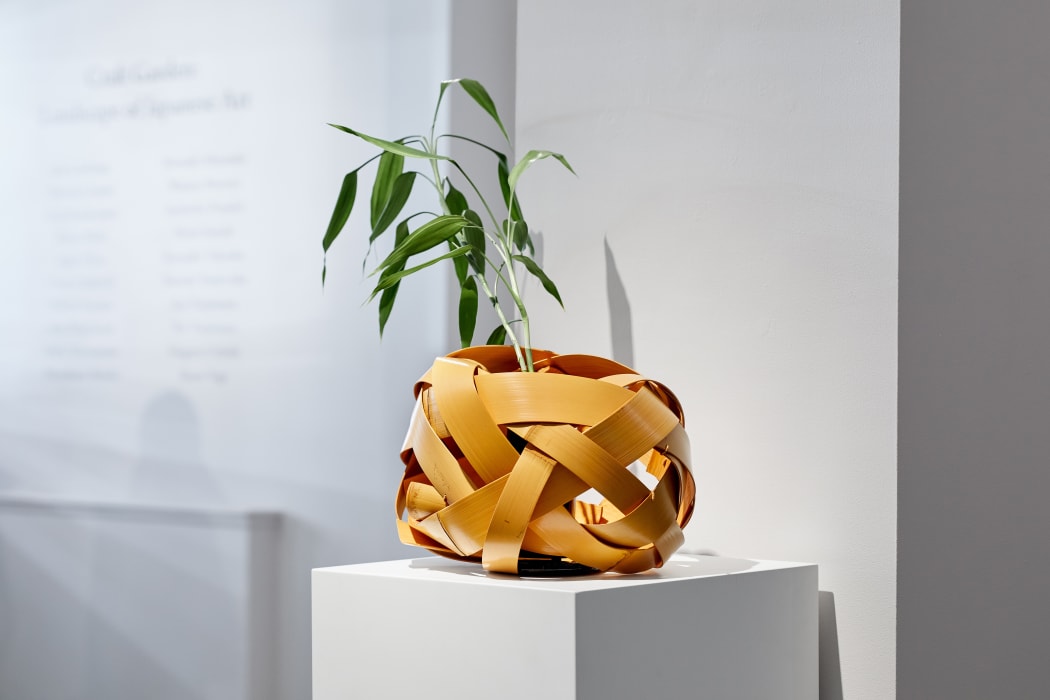
-
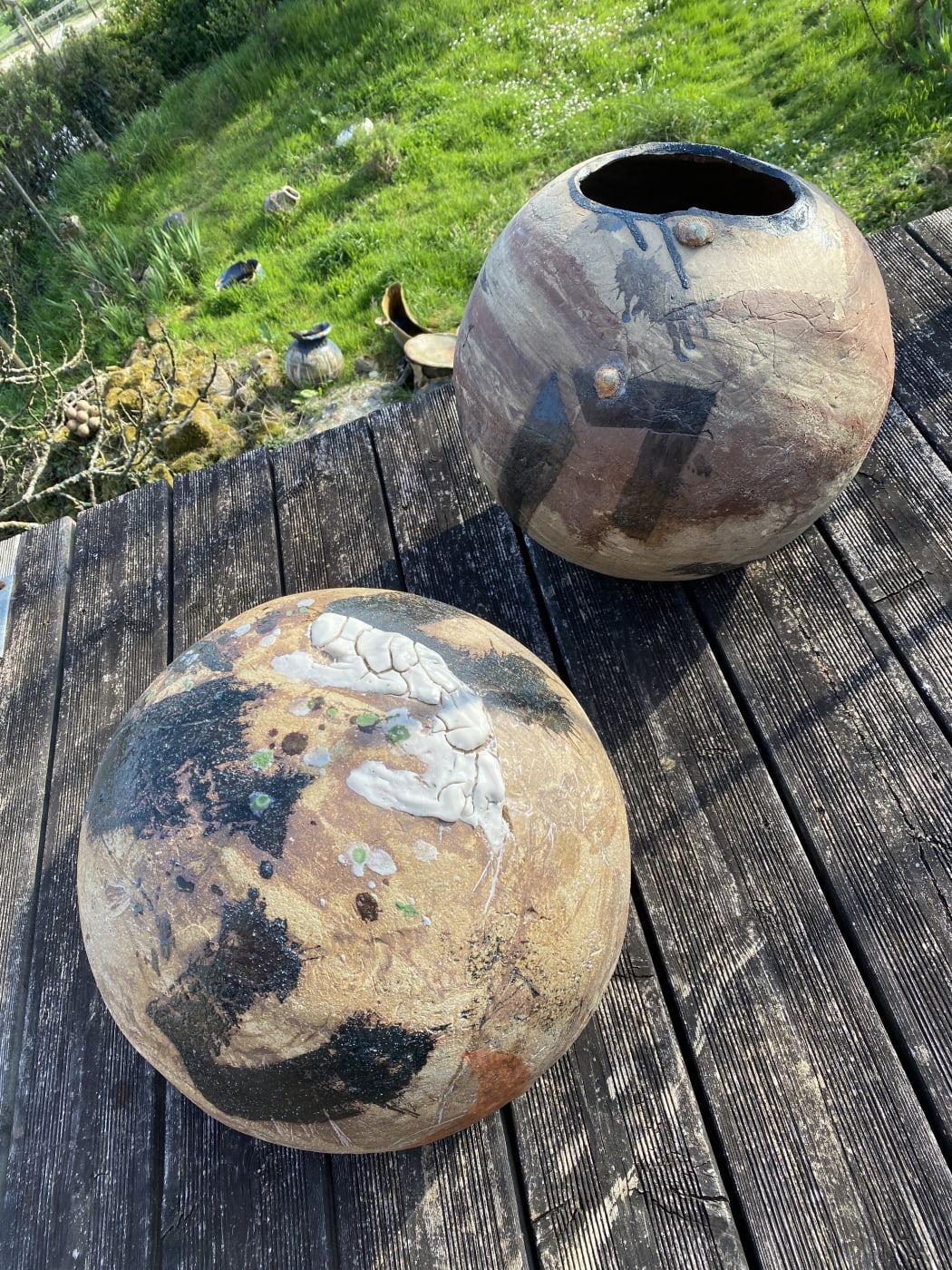
-
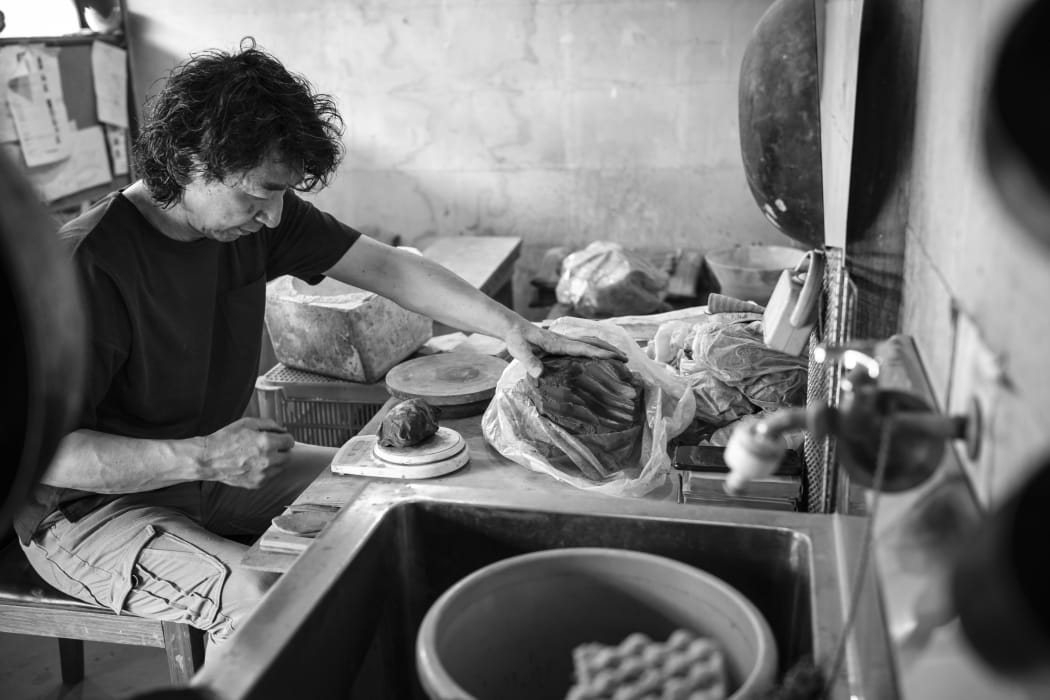
-
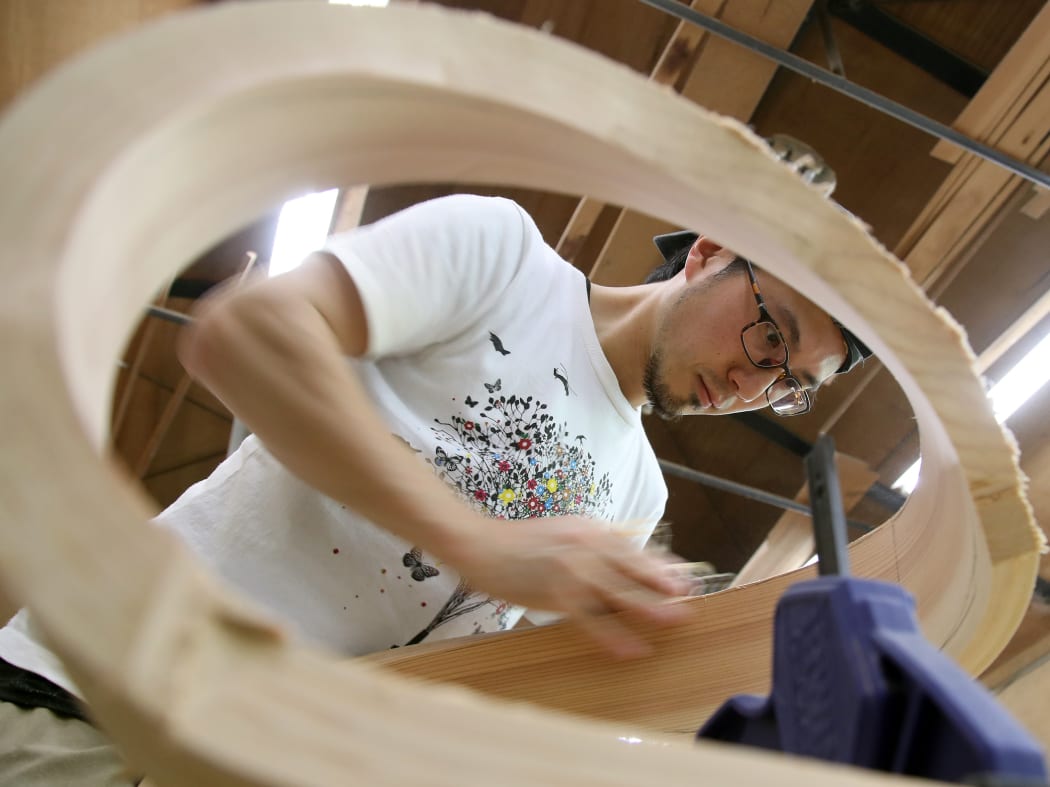
-

-

-
 Photo courtesy of Douglas Dubler 3.
Photo courtesy of Douglas Dubler 3. -
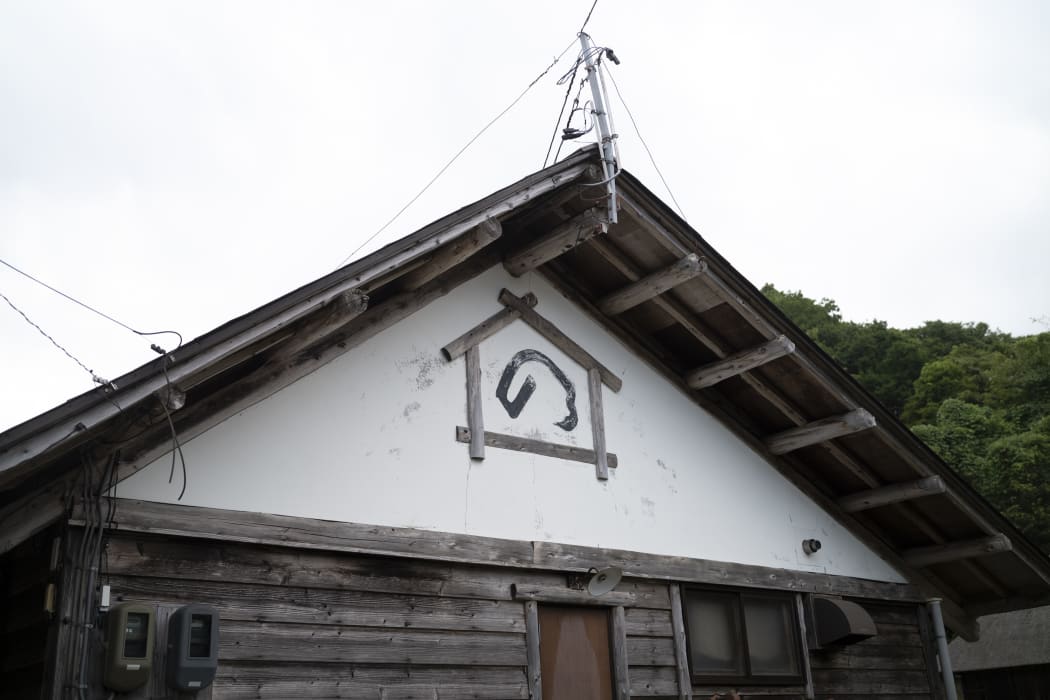
"Turning Point" exhibition, Q&A with ceramic artist Yukiya Izumita
Solo exhibition Expanding Earth: New Works by Yukiya Izumita, September 2024 -

-
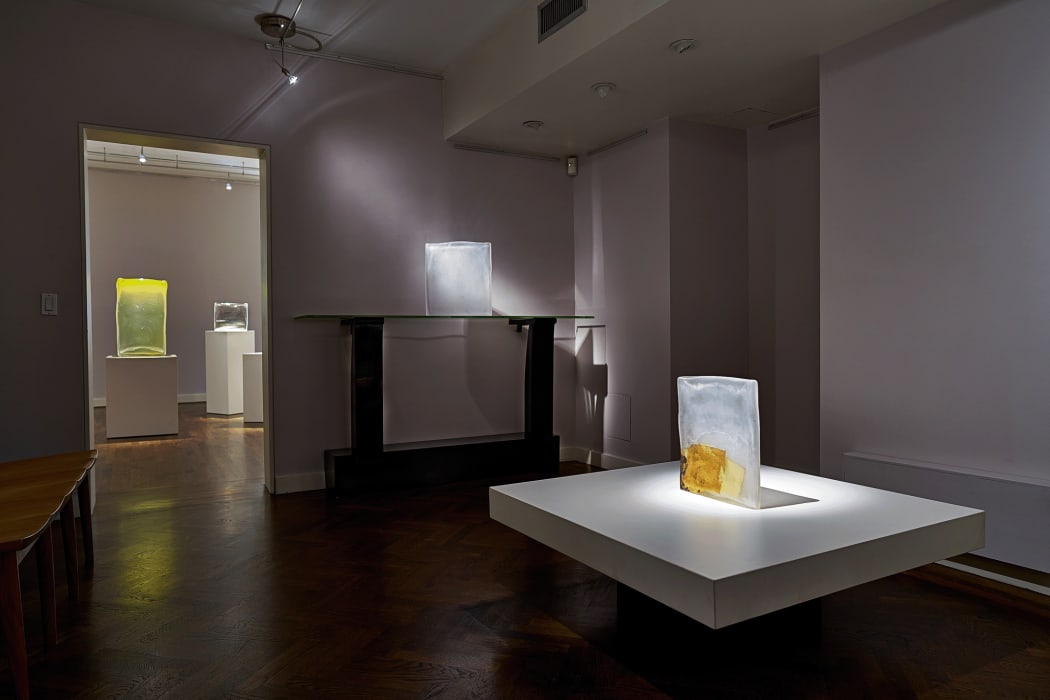
Remembering Laura de Santillana
Through the Eyes of Her Collectors, Collaborators, and Friends -

Laura de Santillana, "A Few Thoughts" (2014)
A Look Back at the Glass Artist's Impression of Japan -
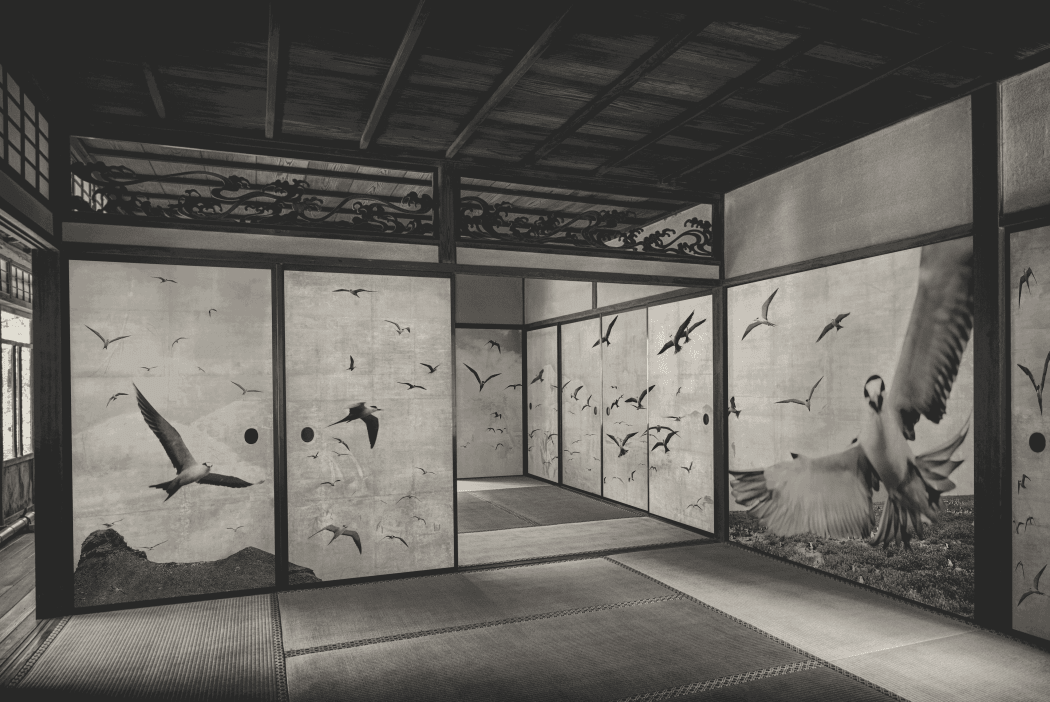
Artists Spotlight: Kenji Wakasugi
Echoes of the Past, Embracing Today: Exploring New Artistic Paths After Escapes -
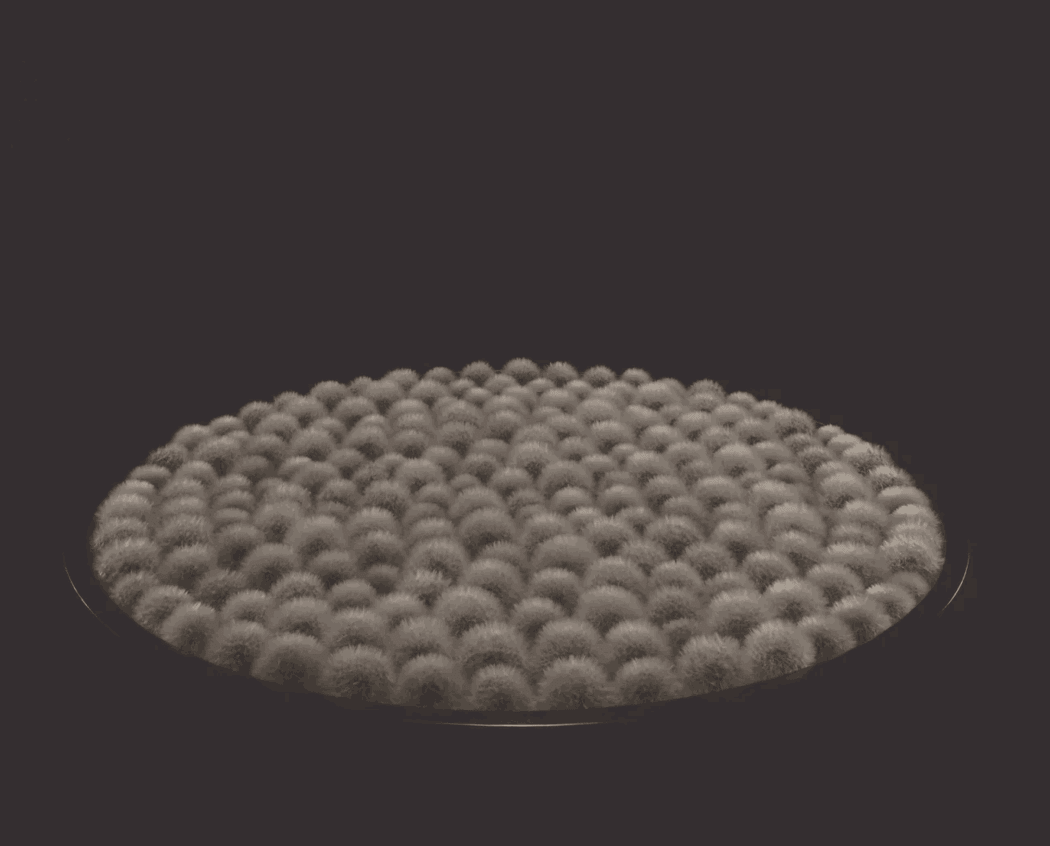
-
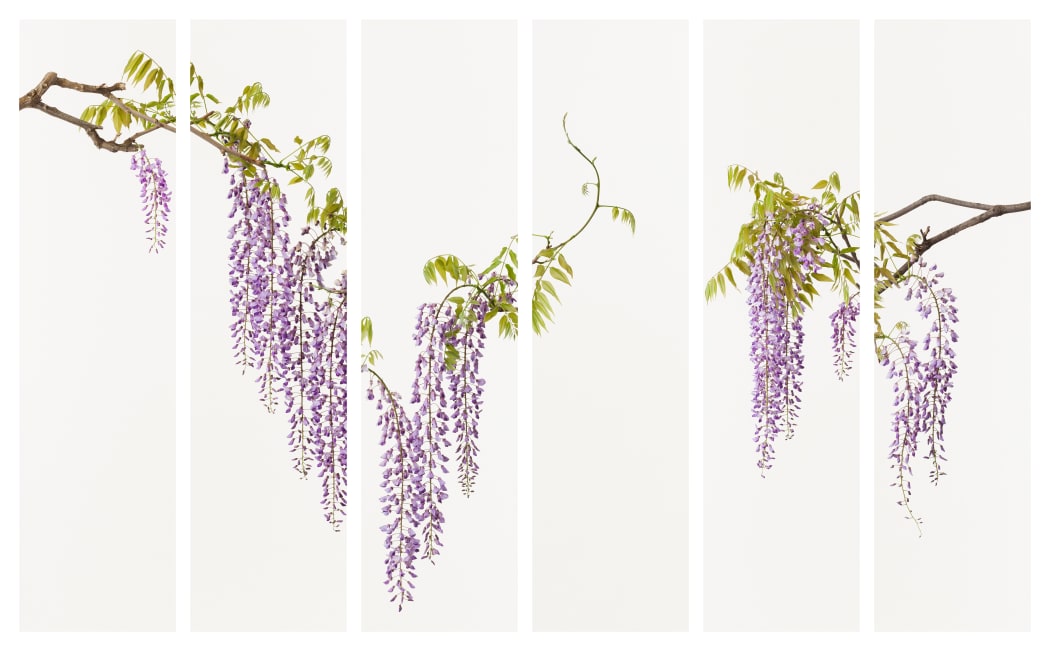
-
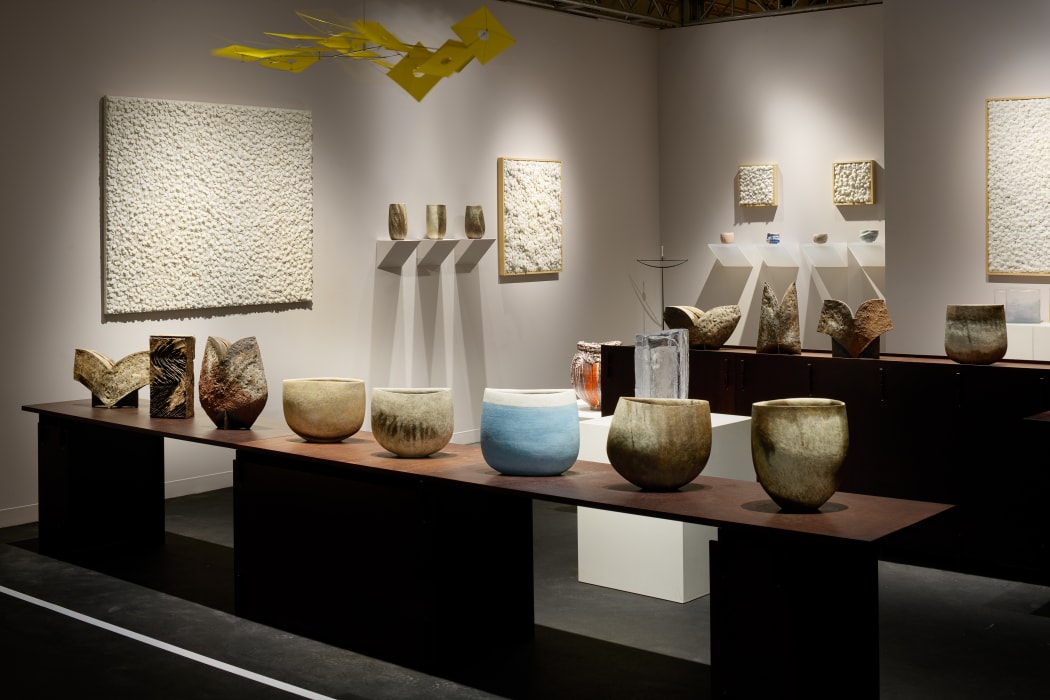
-

Visiting Mitsukuni Misaki's Chiba-ken Studio
Ippodo Gallery interviews the FLOATING VESSELS ceramicist on his second New York solo exhibition -
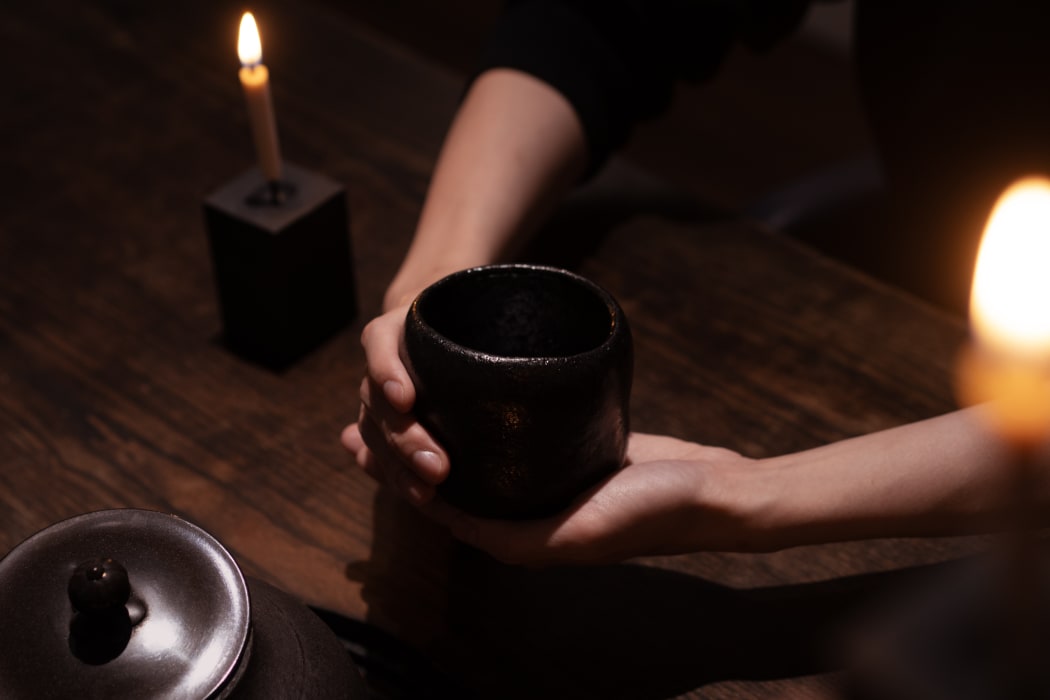 Black Raku Tea Bowl by Morimitsu Hosokawa, (C24227NP)
Black Raku Tea Bowl by Morimitsu Hosokawa, (C24227NP) -
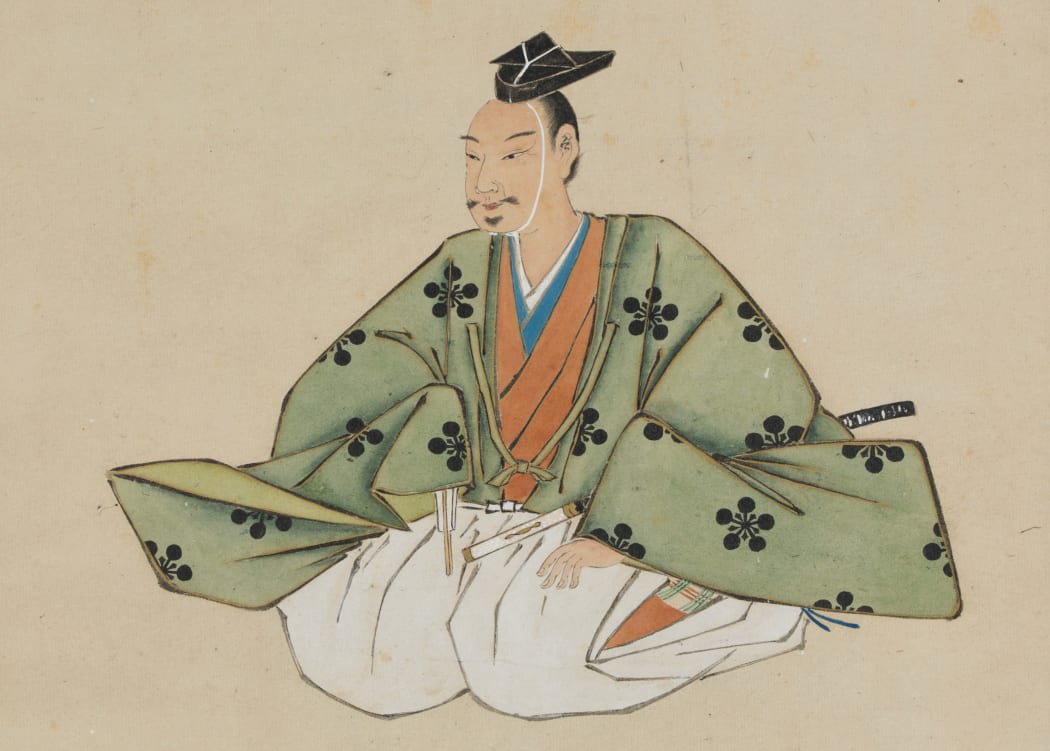 Oribe Furuta (1544 - 1615)
Oribe Furuta (1544 - 1615) -
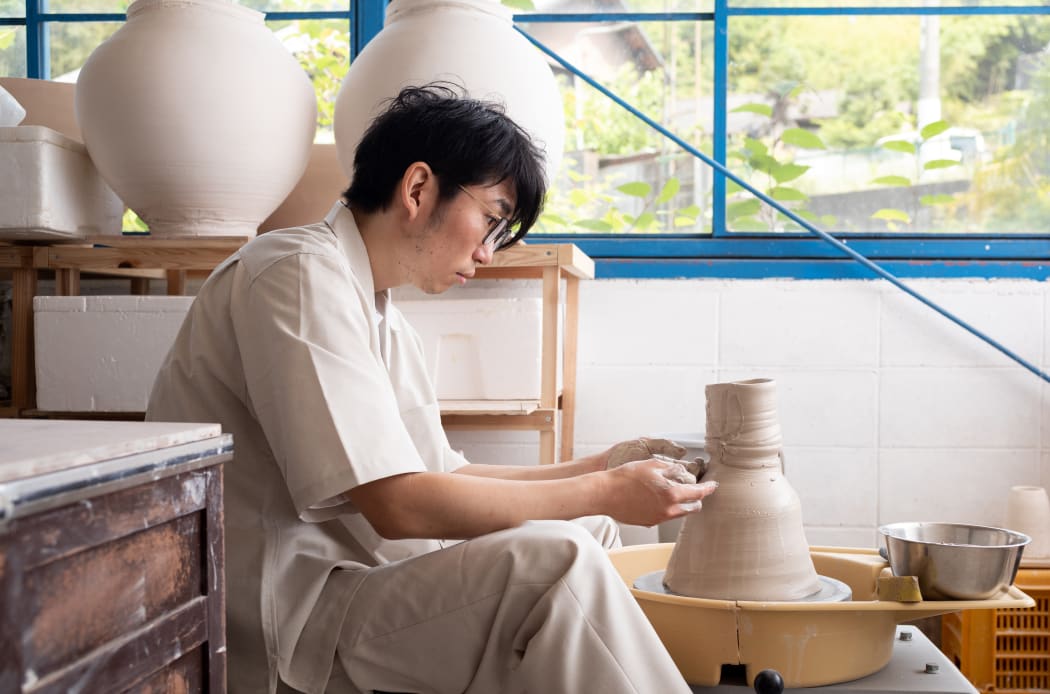
-
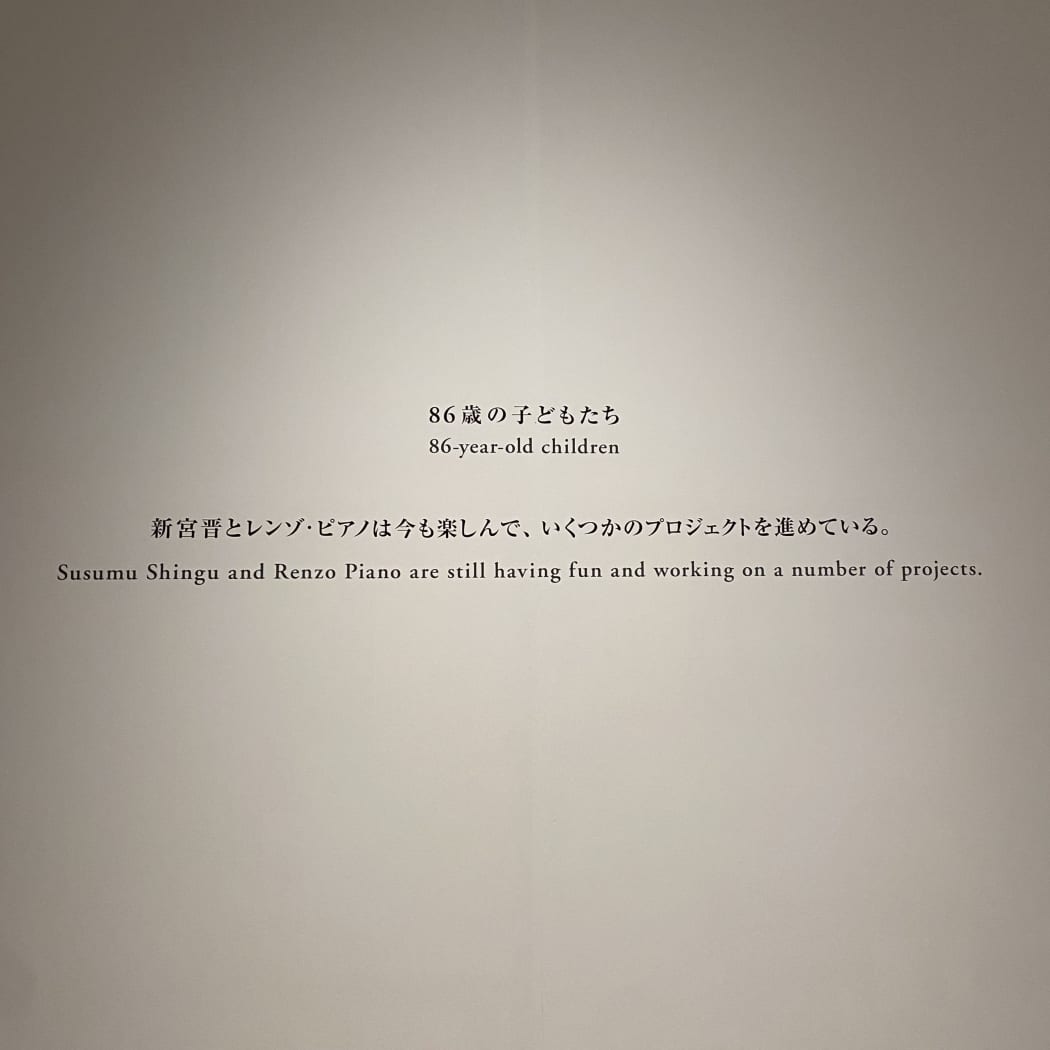
-
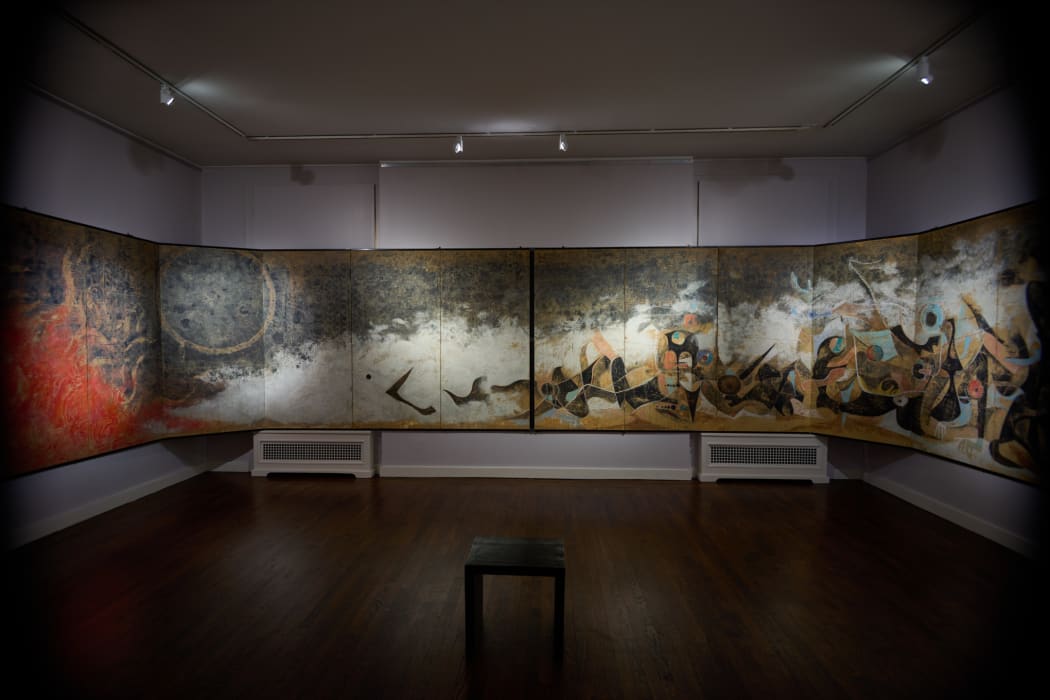
-
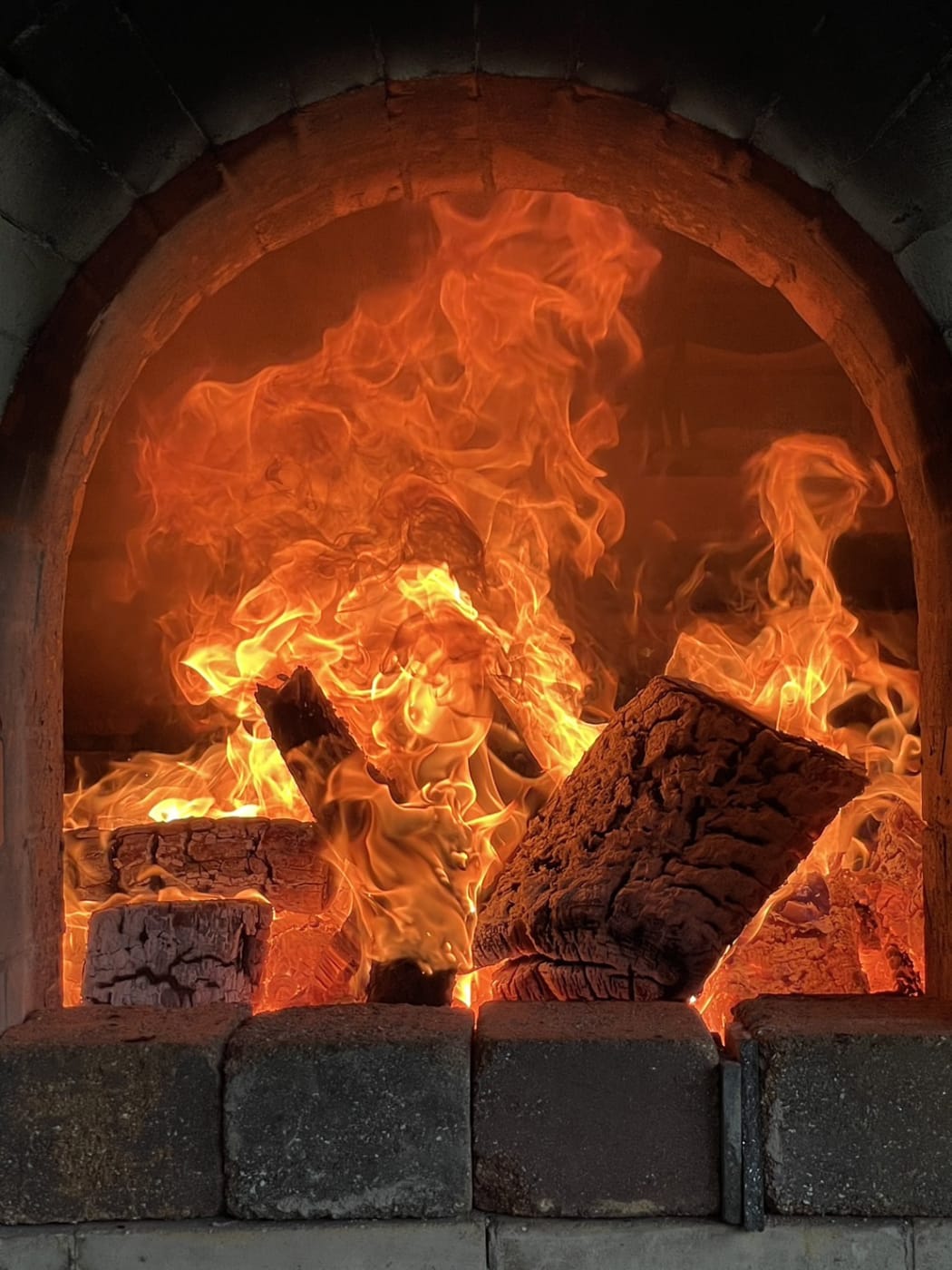
-
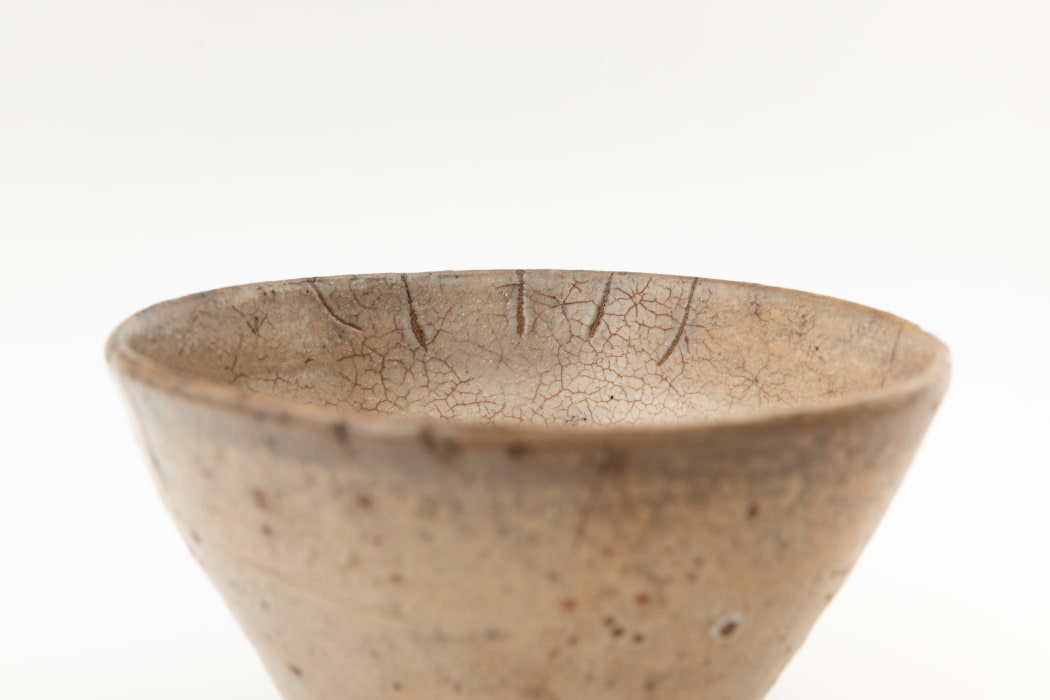
-
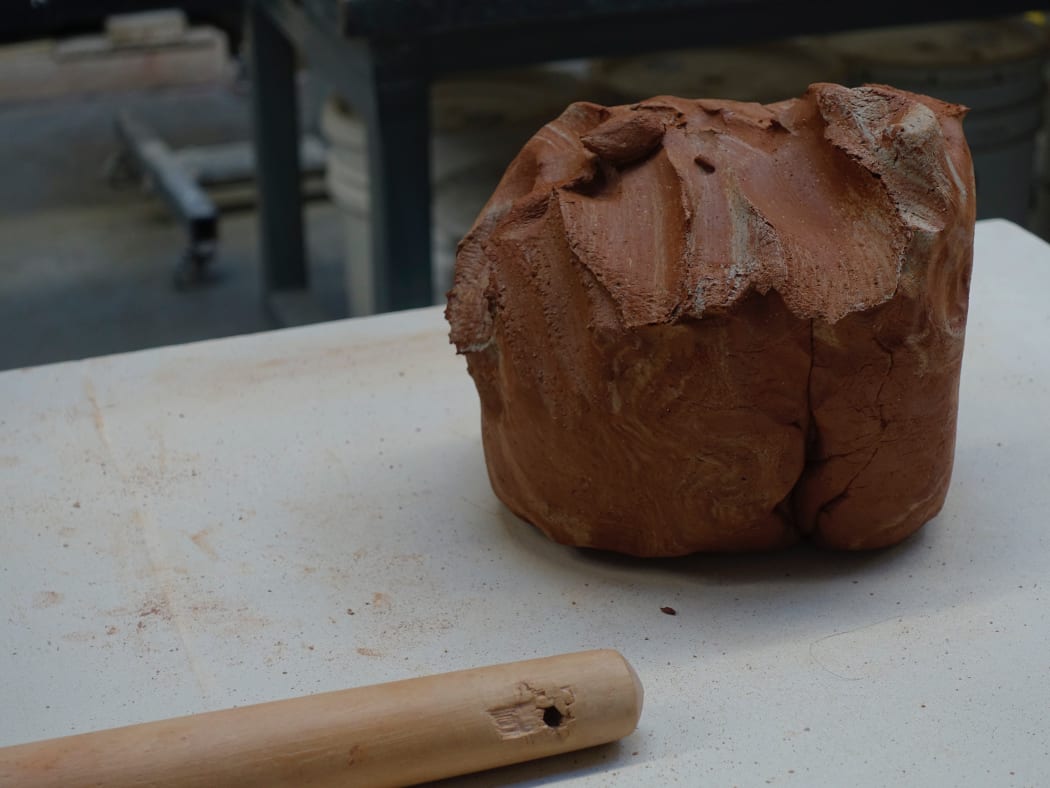
-
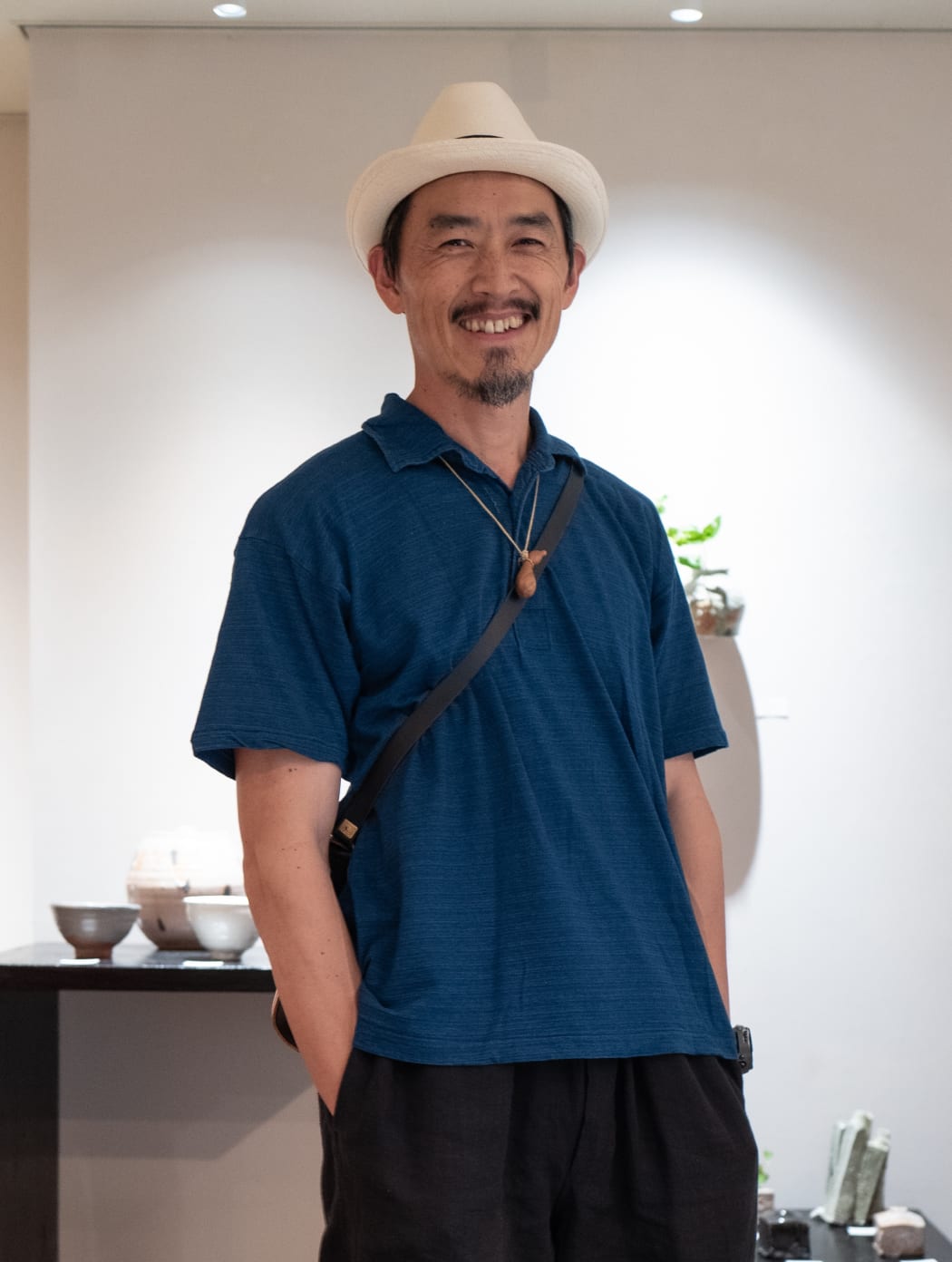
-

-
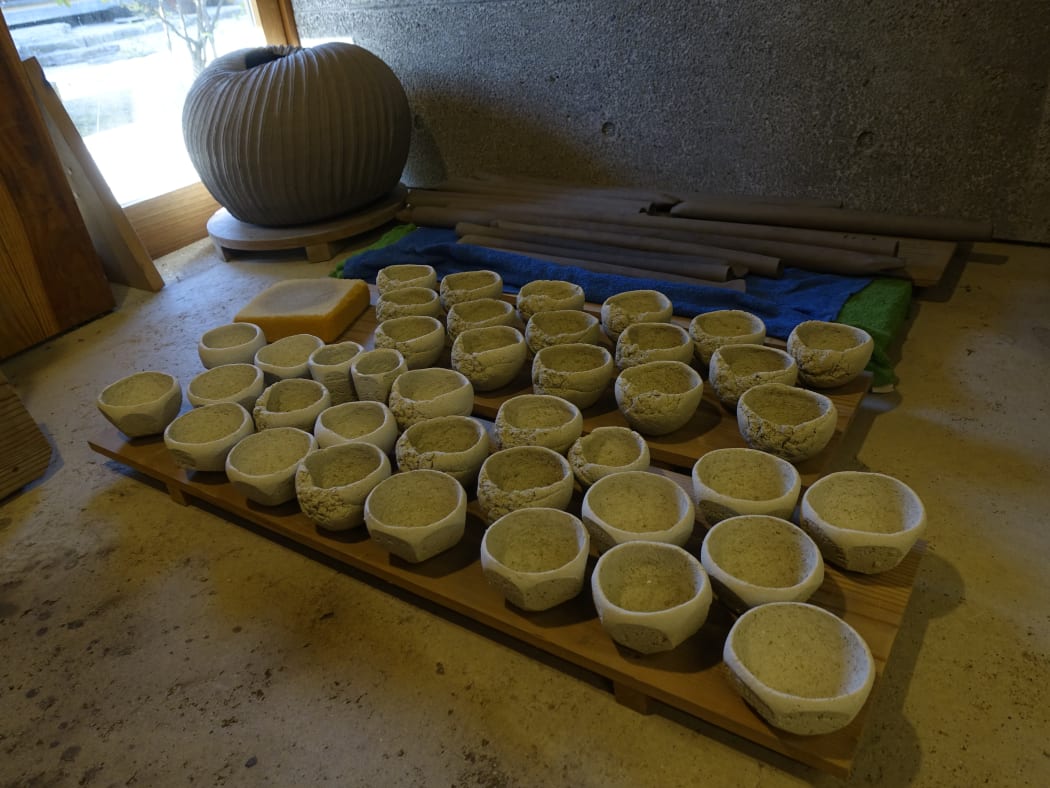
-
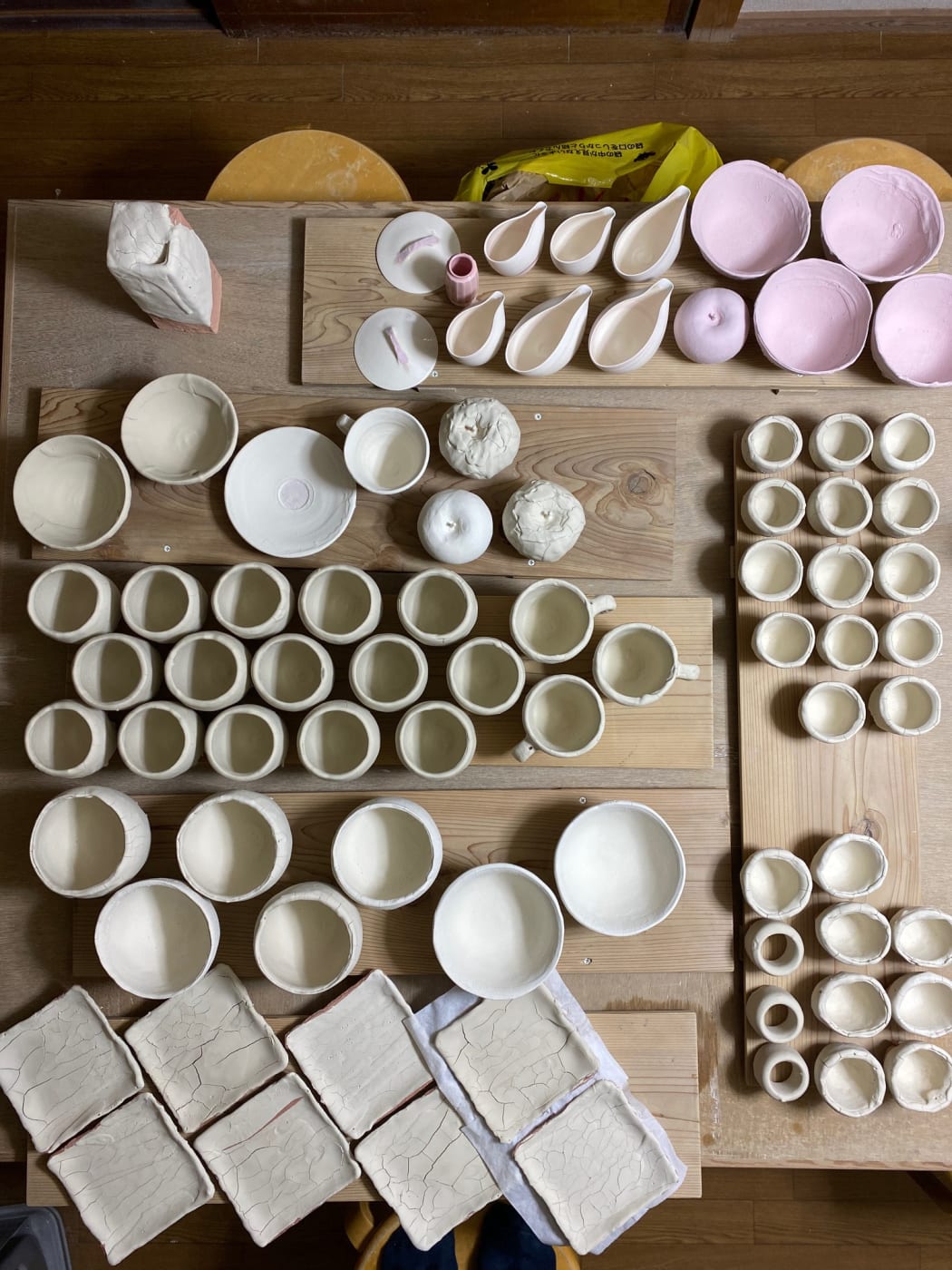
-
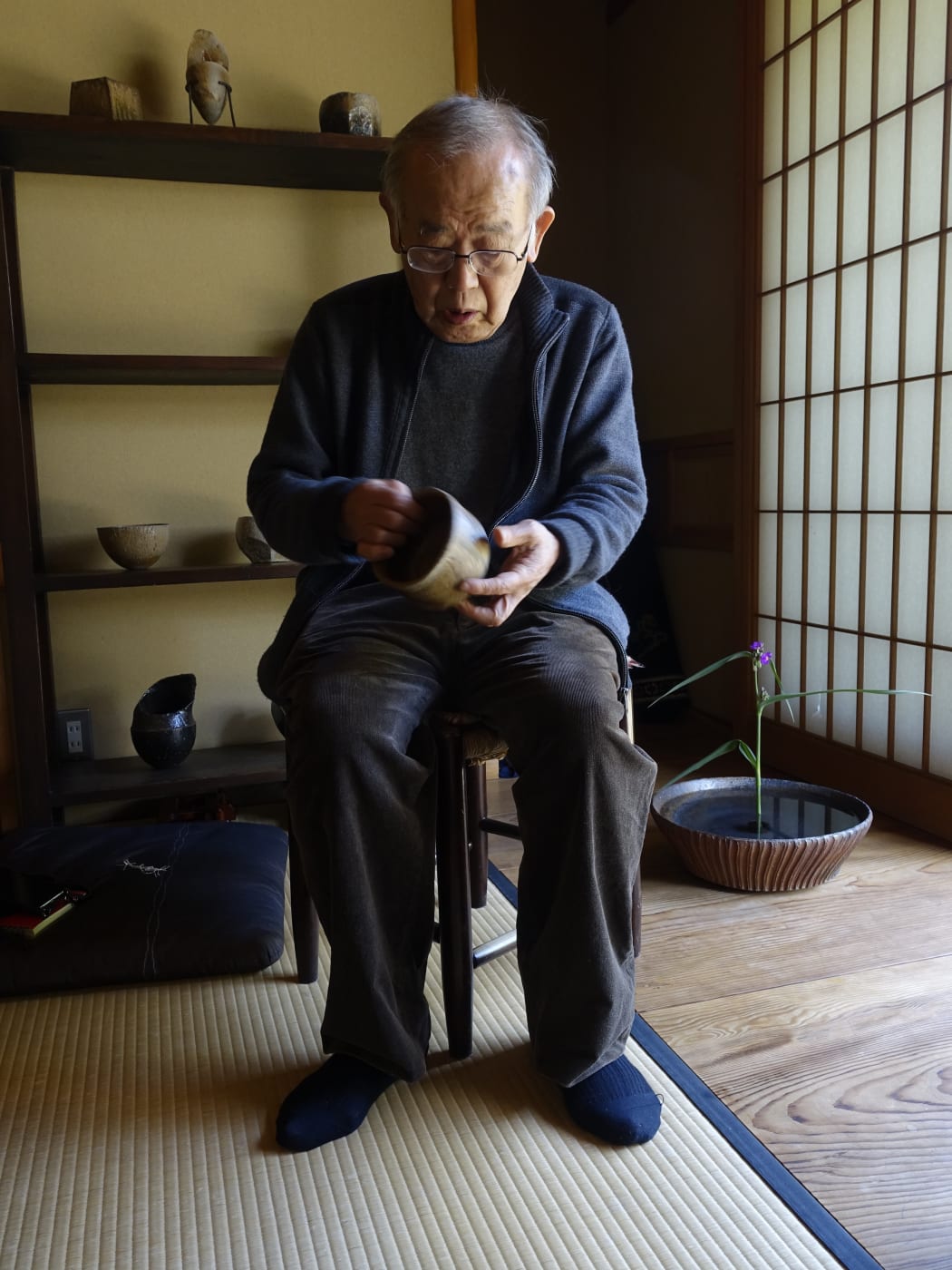
-
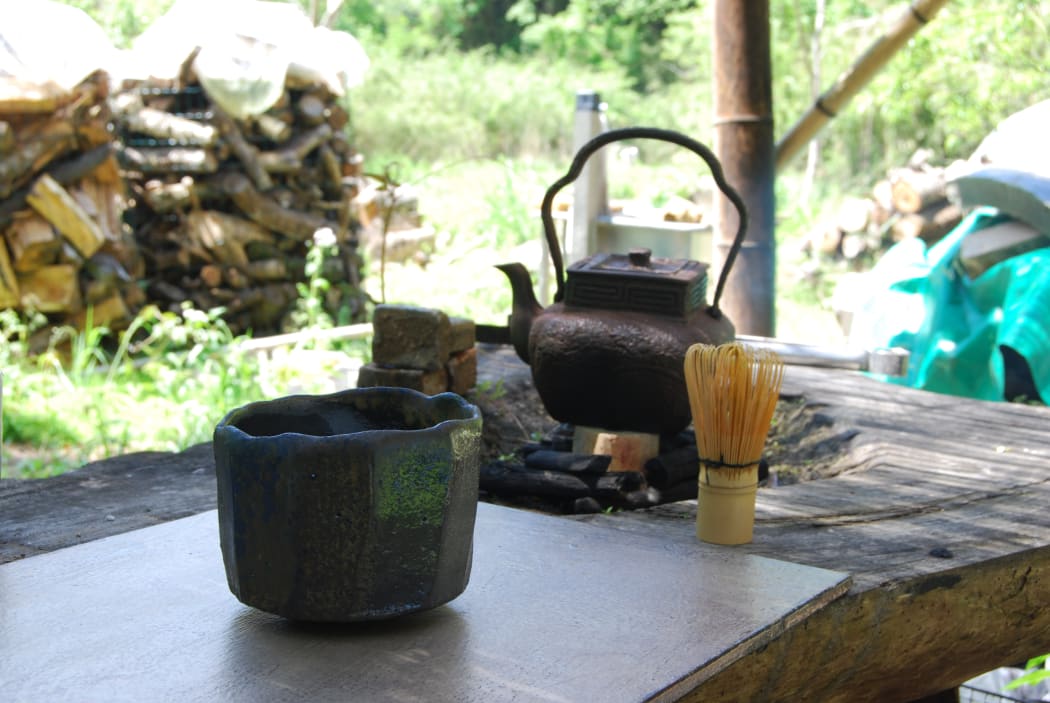
-
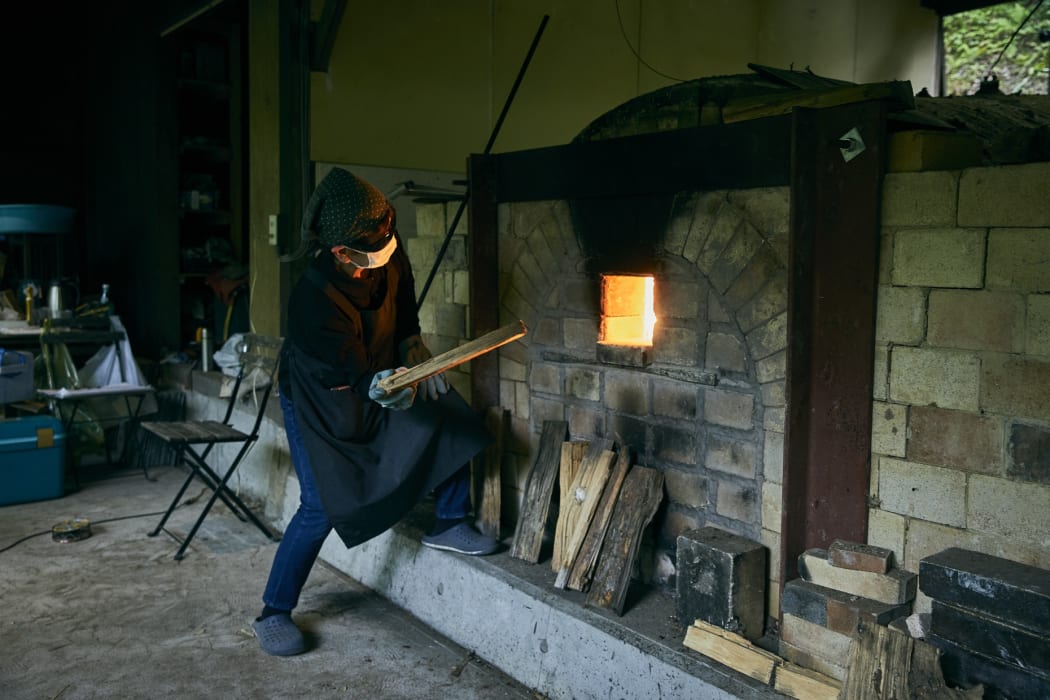
-
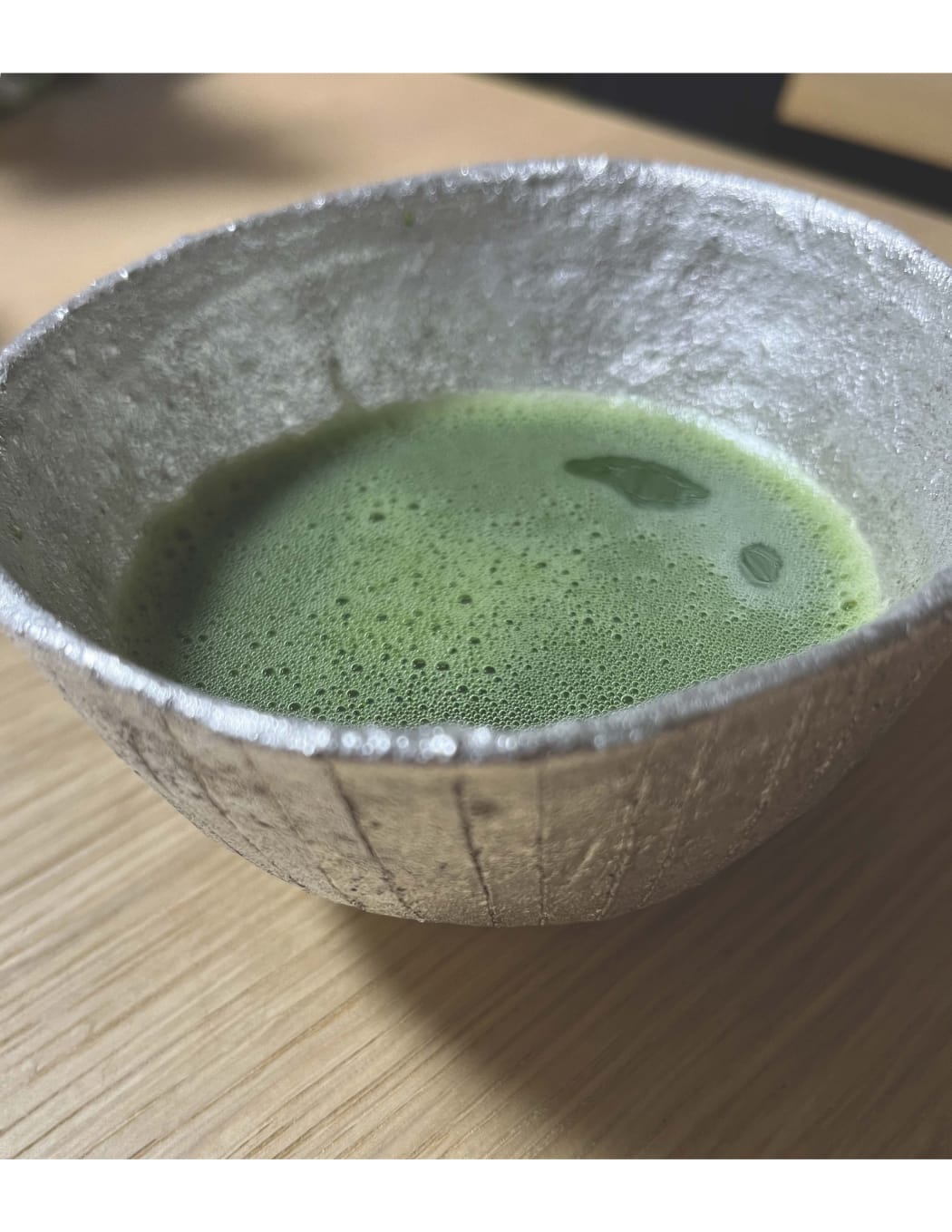
-
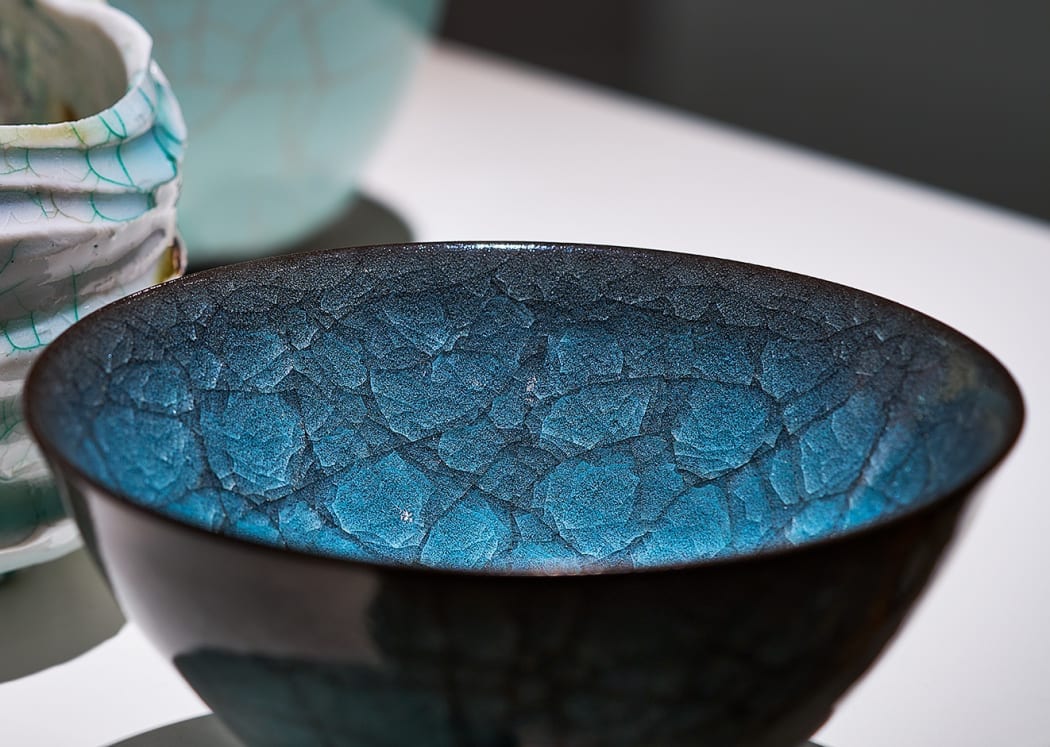
-
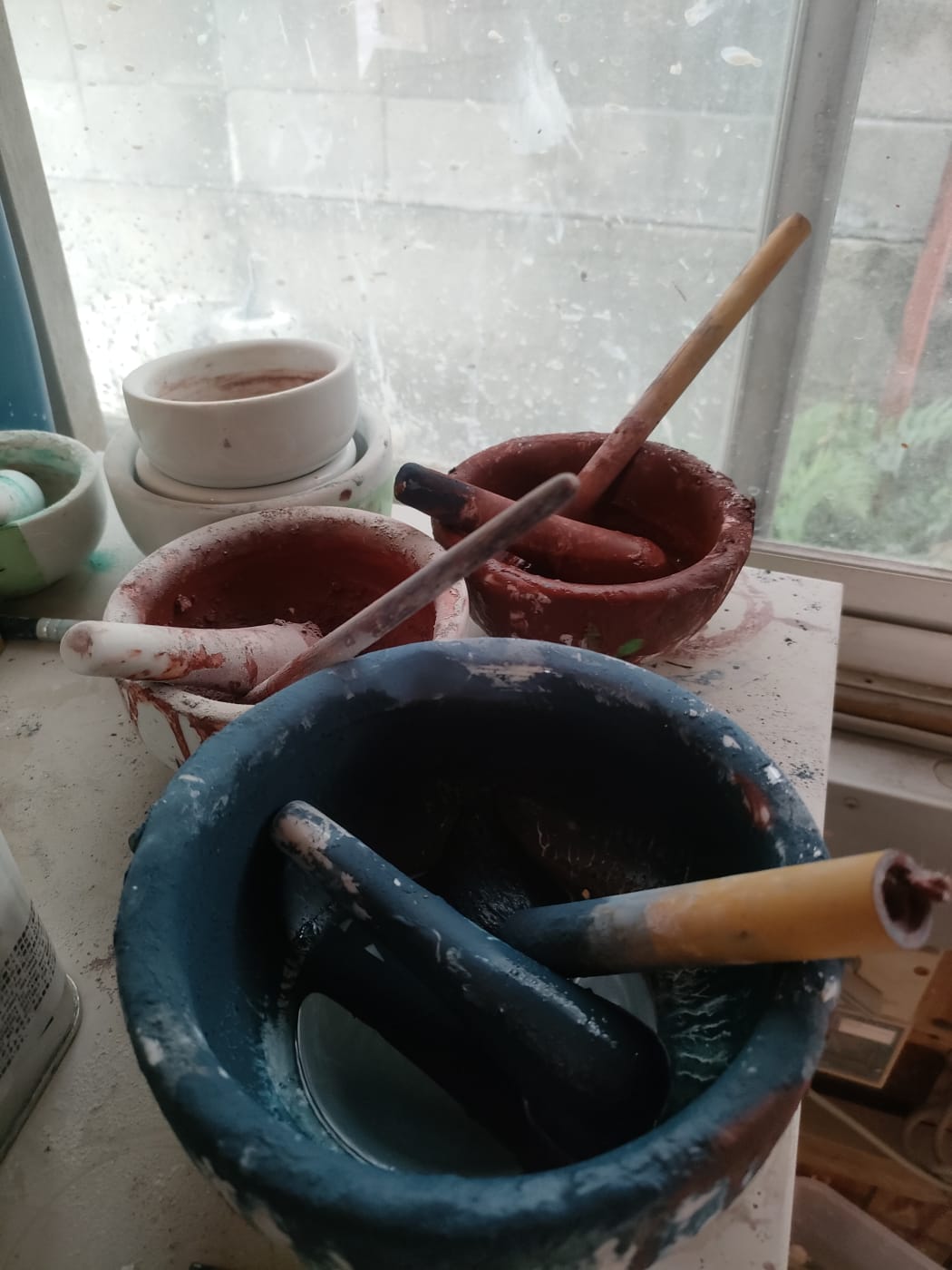
-
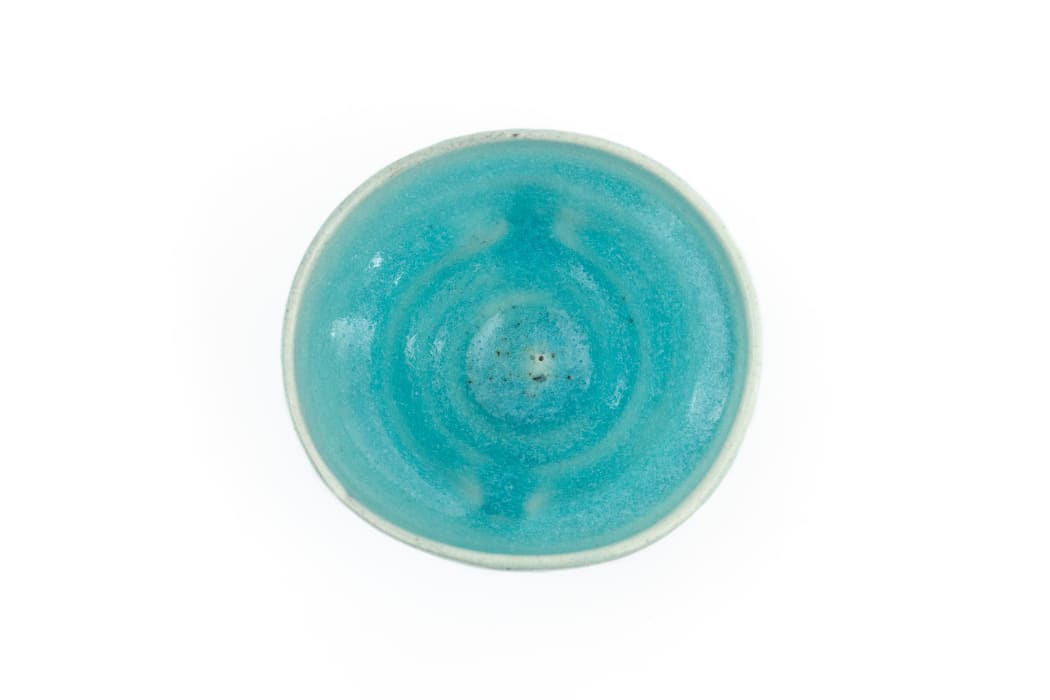
-
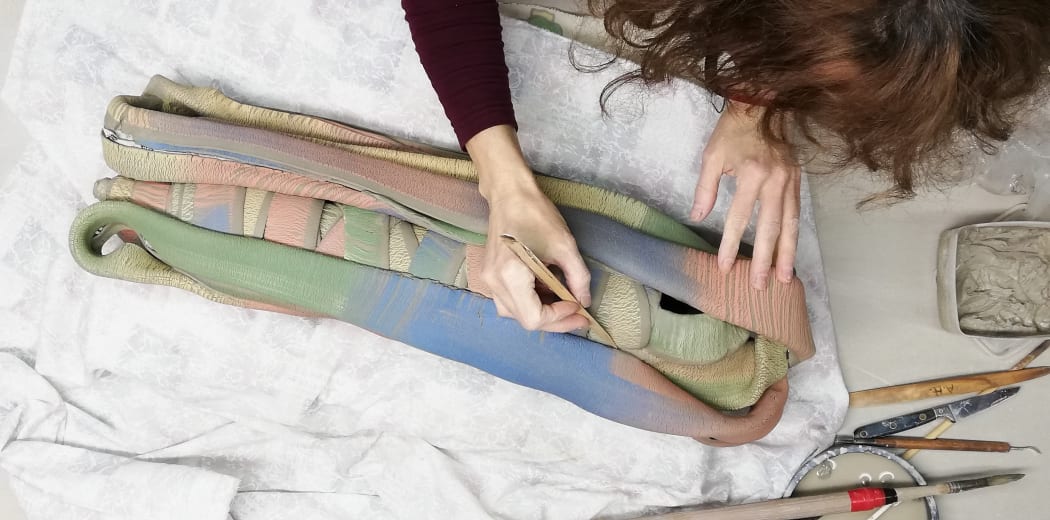
-
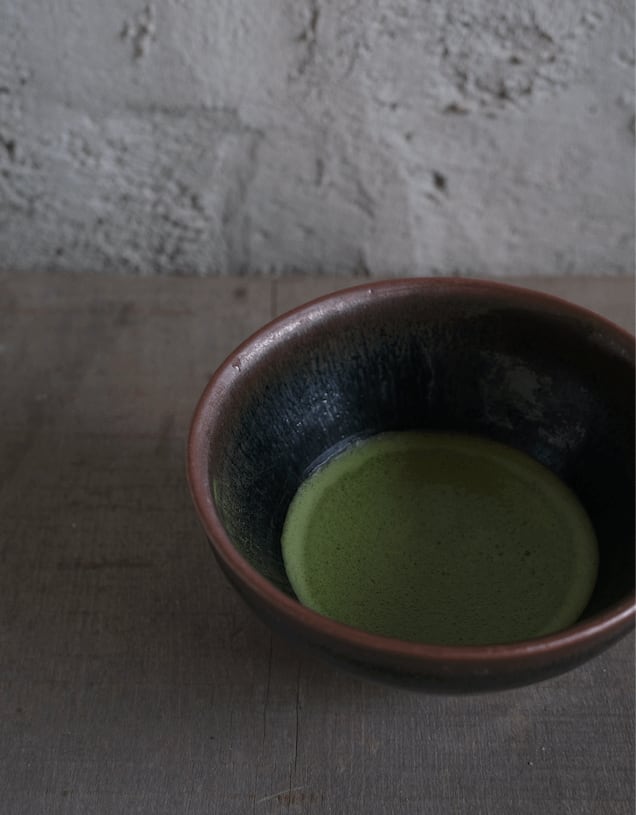
-
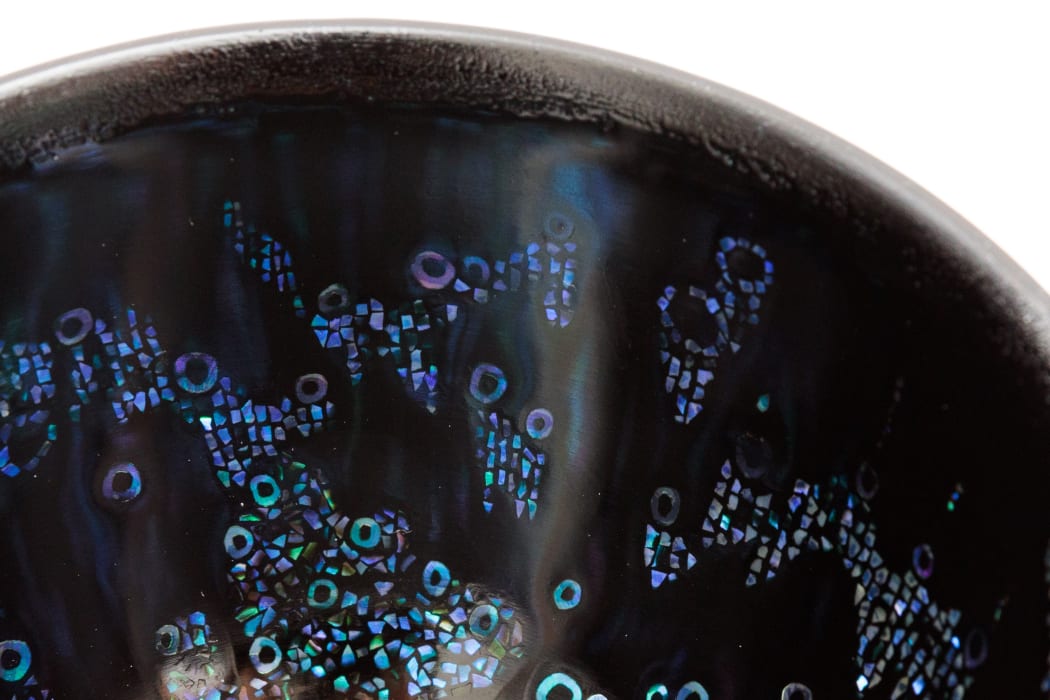
-
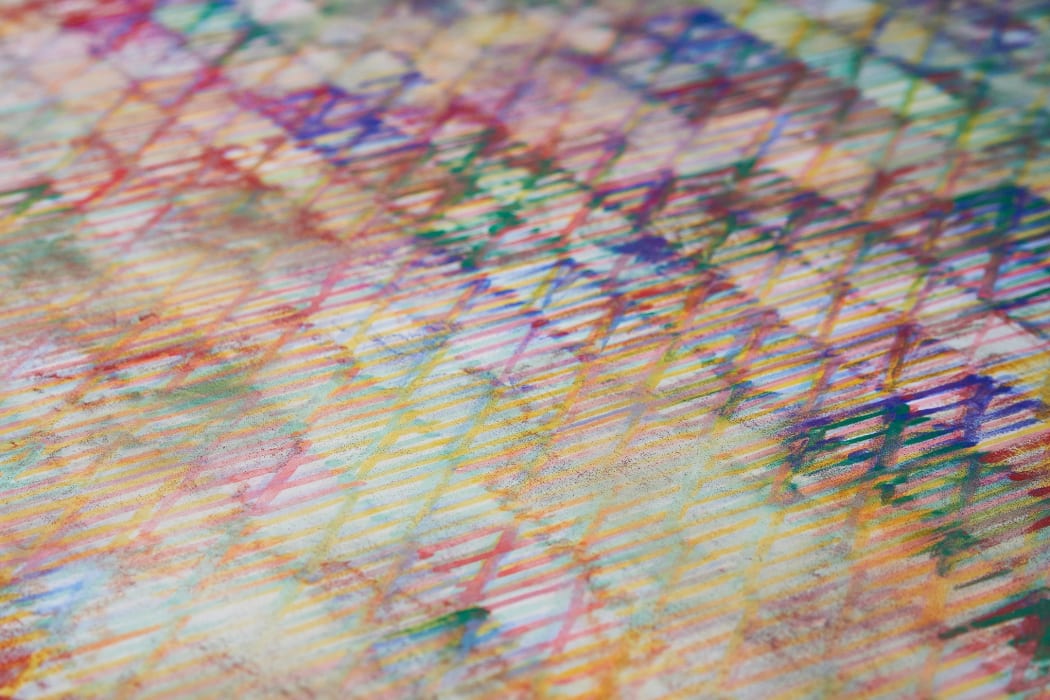
Artist Spotlight: Kaori Teraoka
Panta Rhei: Everything Flows, Works by Five Artists on Japanese Washi Paper -
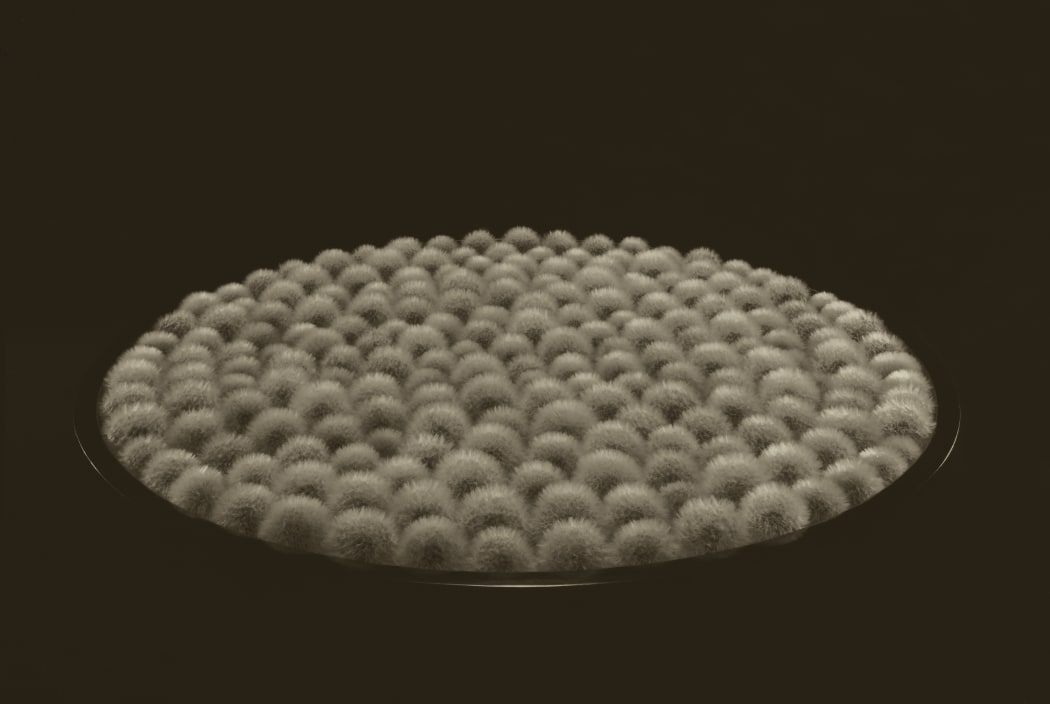
Artist Spotlight: Ryuji Taira
Panta Rhei: Everything Flows, Works by Five Artists on Japanese Washi Paper -
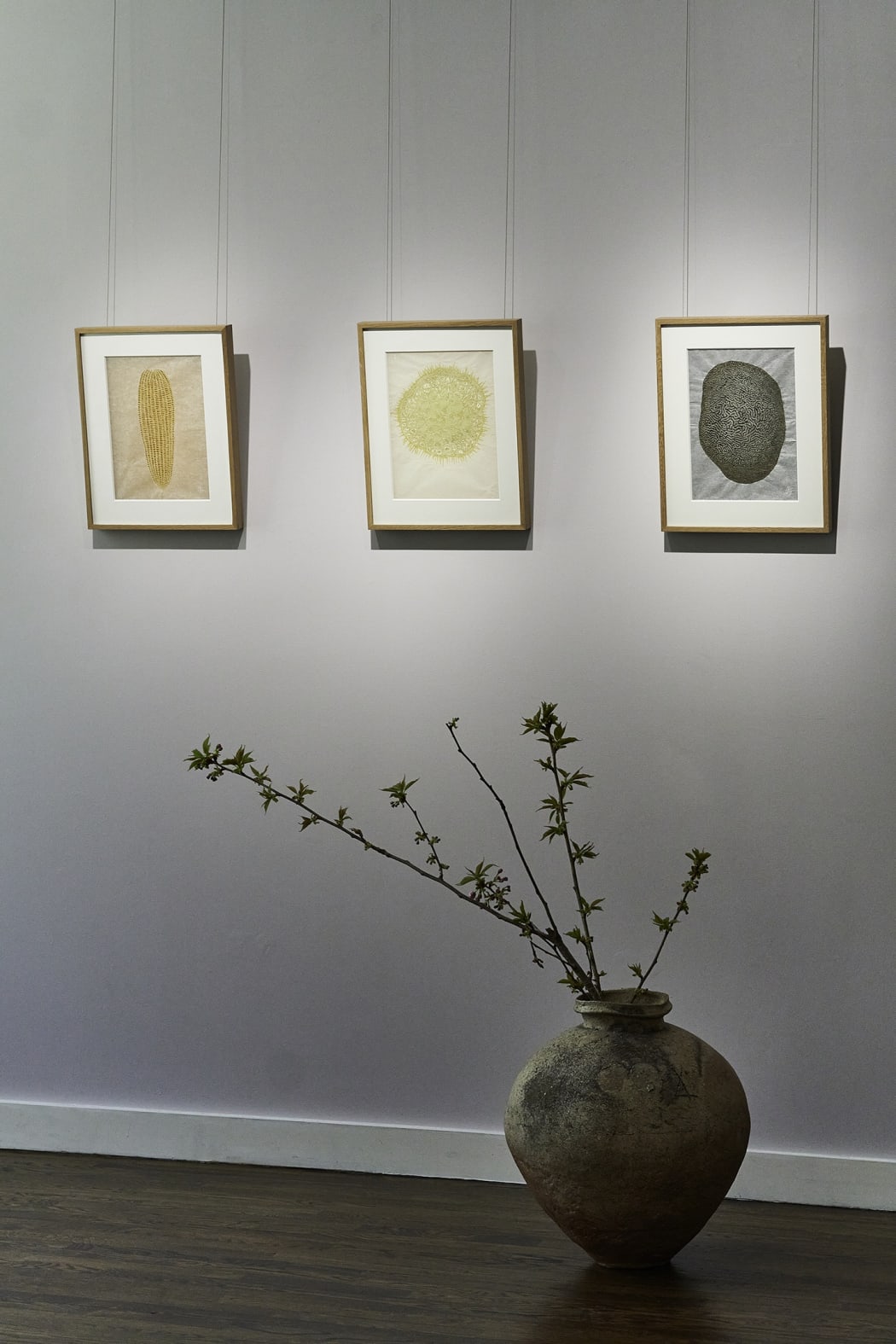
Artist Spotlight: Mami Kato
Panta Rhei: Everything Flows, Works by Five Artists on Japanese Washi Paper -
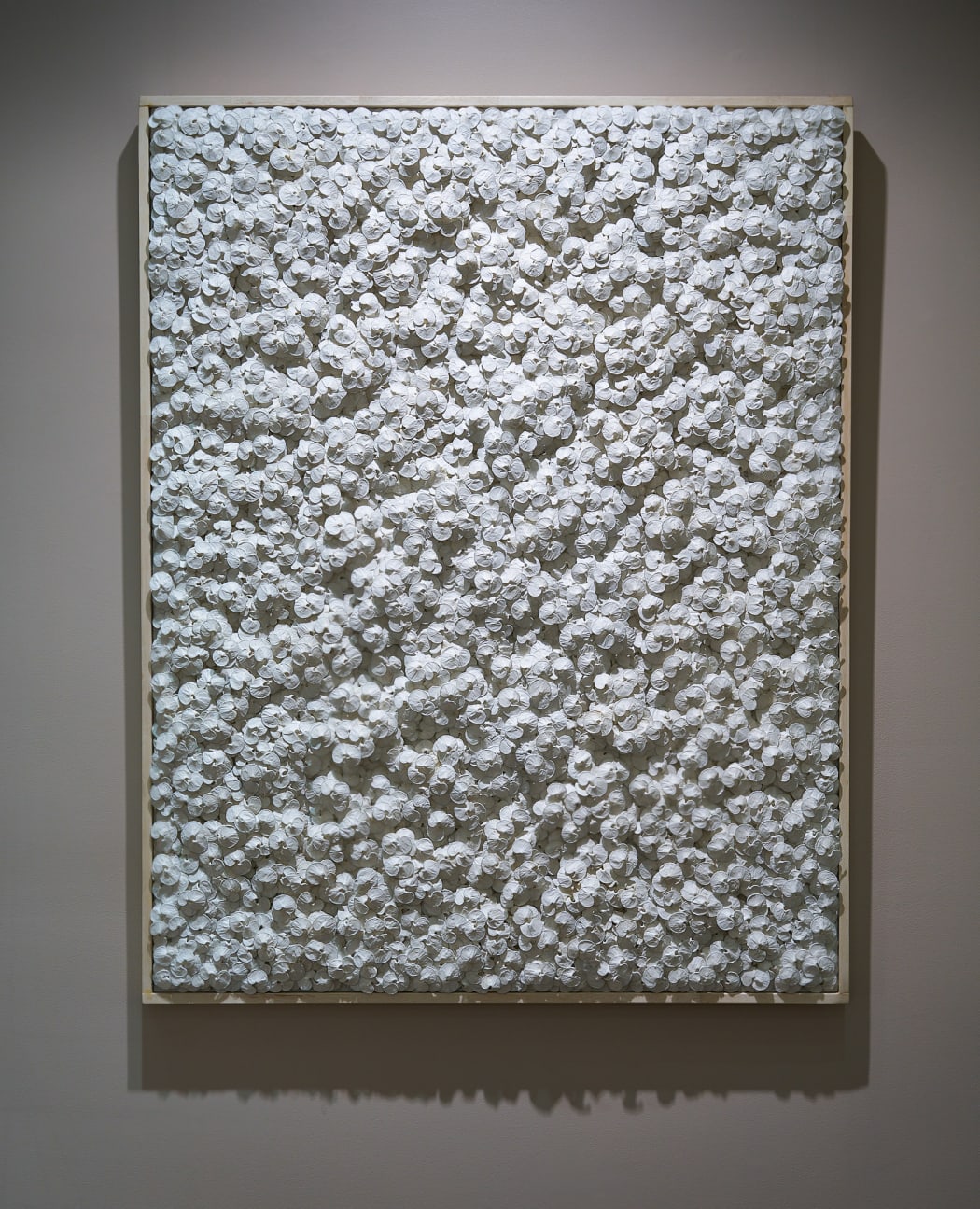
Artist Spotlight: KAKU
Panta Rhei: Everything Flows, Works by Five Artists on Japanese Washi Paper -
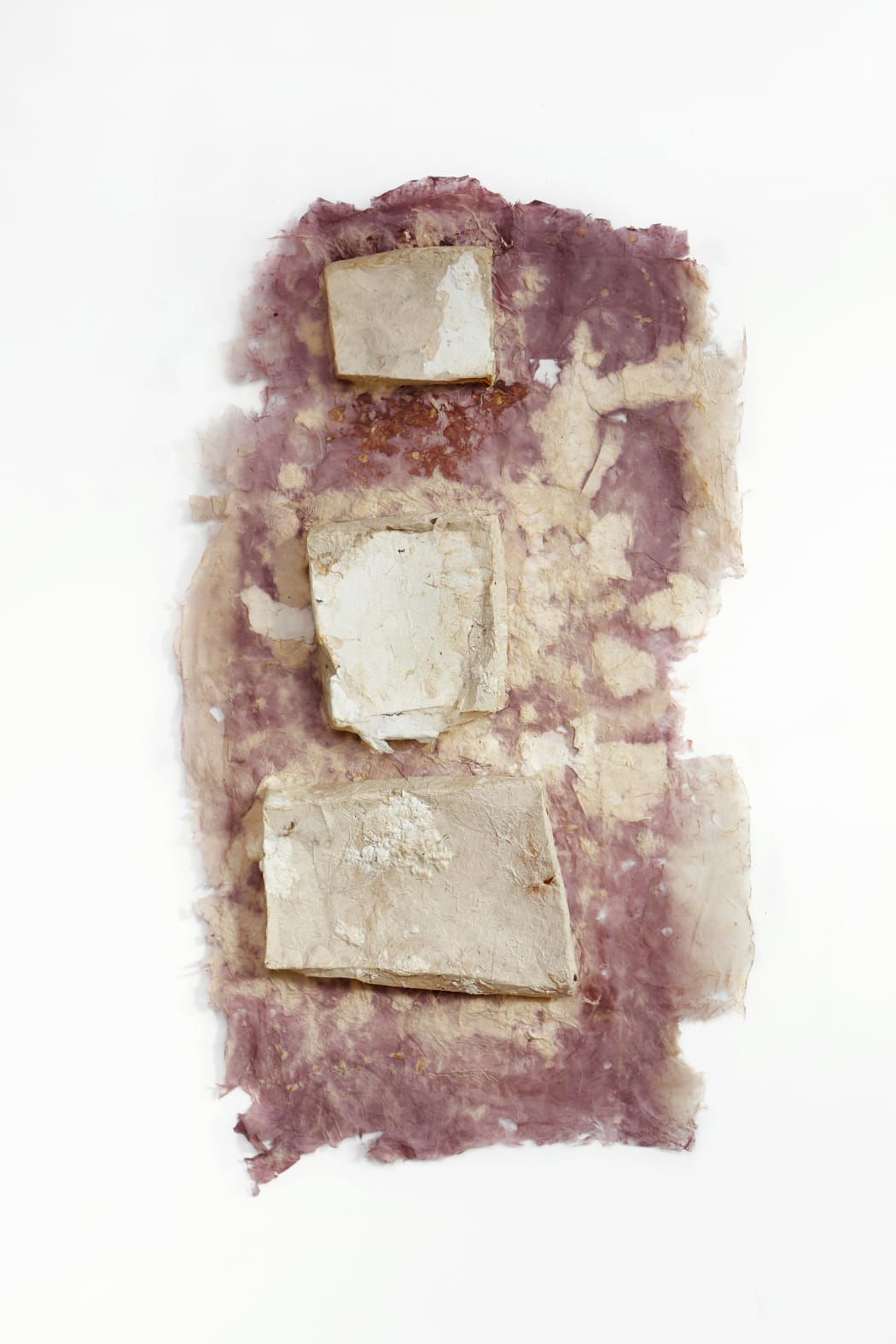
Artist Spotlight: Yasue Maetake
Panta Rhei: Everything Flows, Works by Five Artists on Japanese Washi Paper -
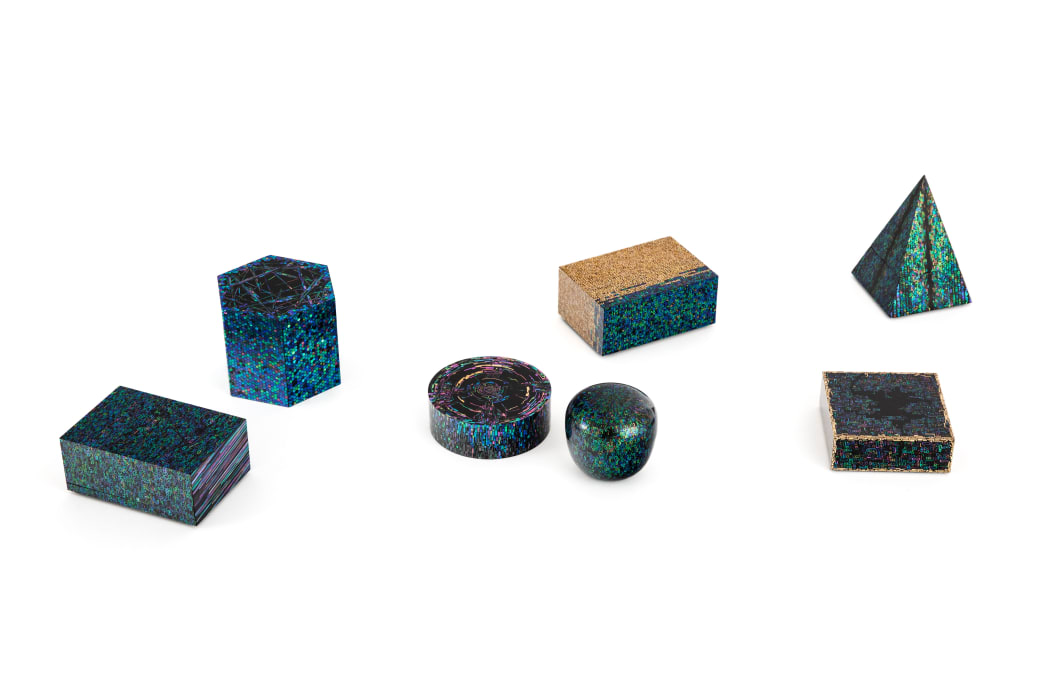
-
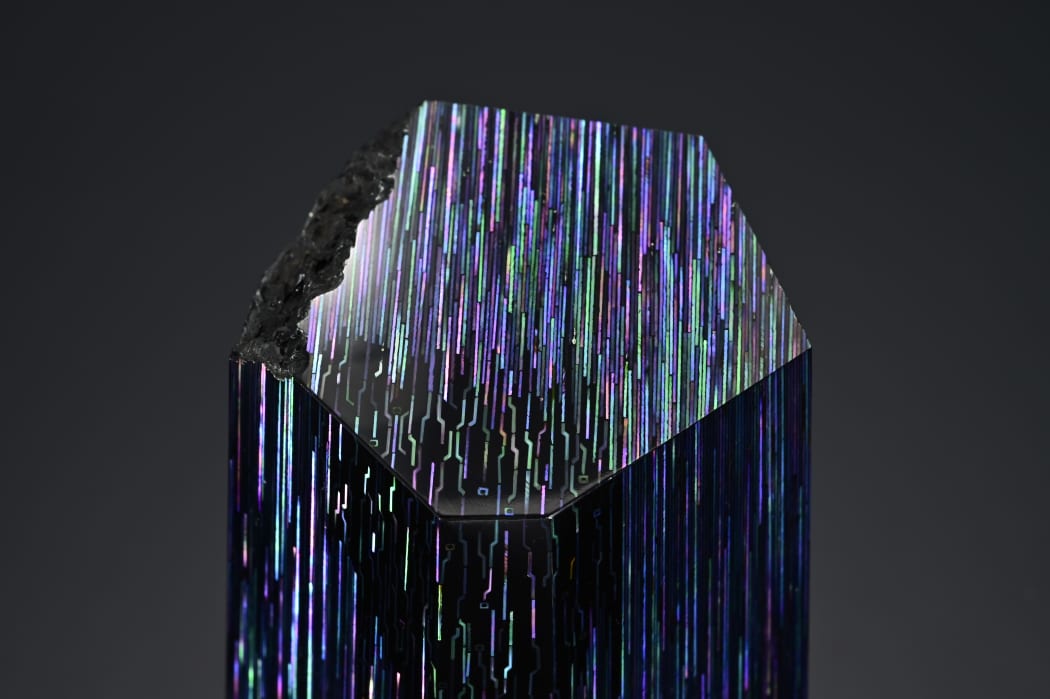
-
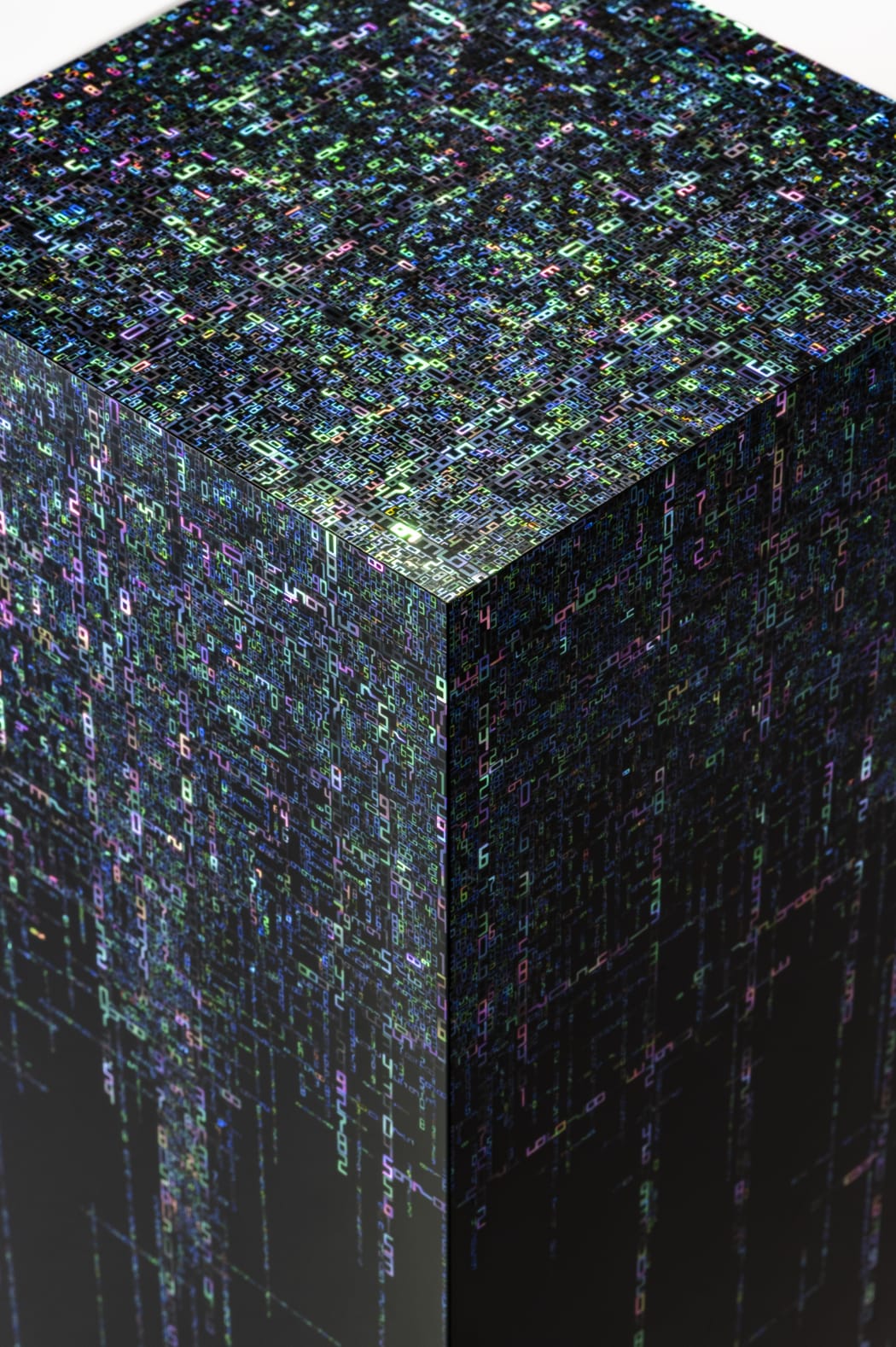
-
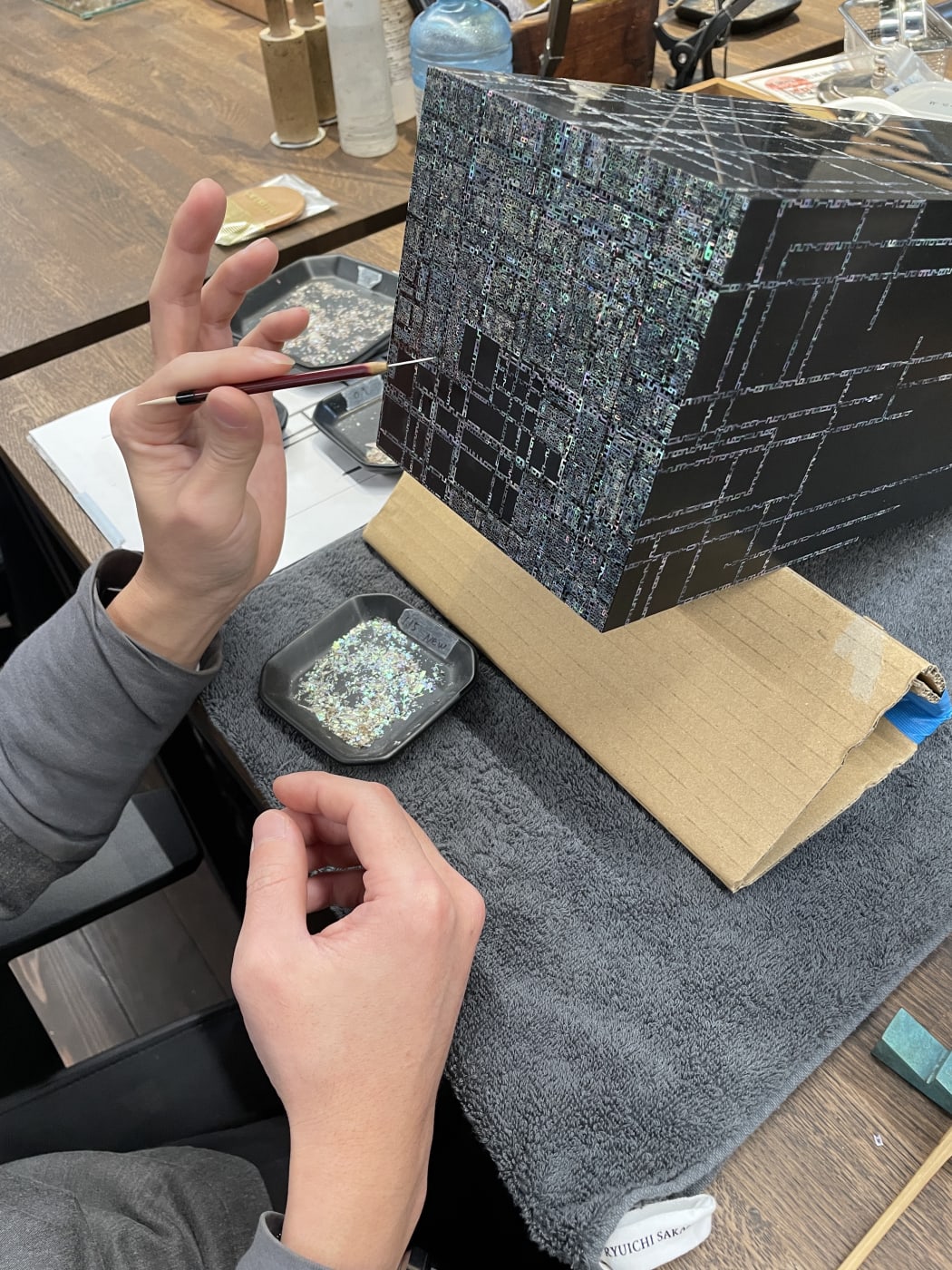
-
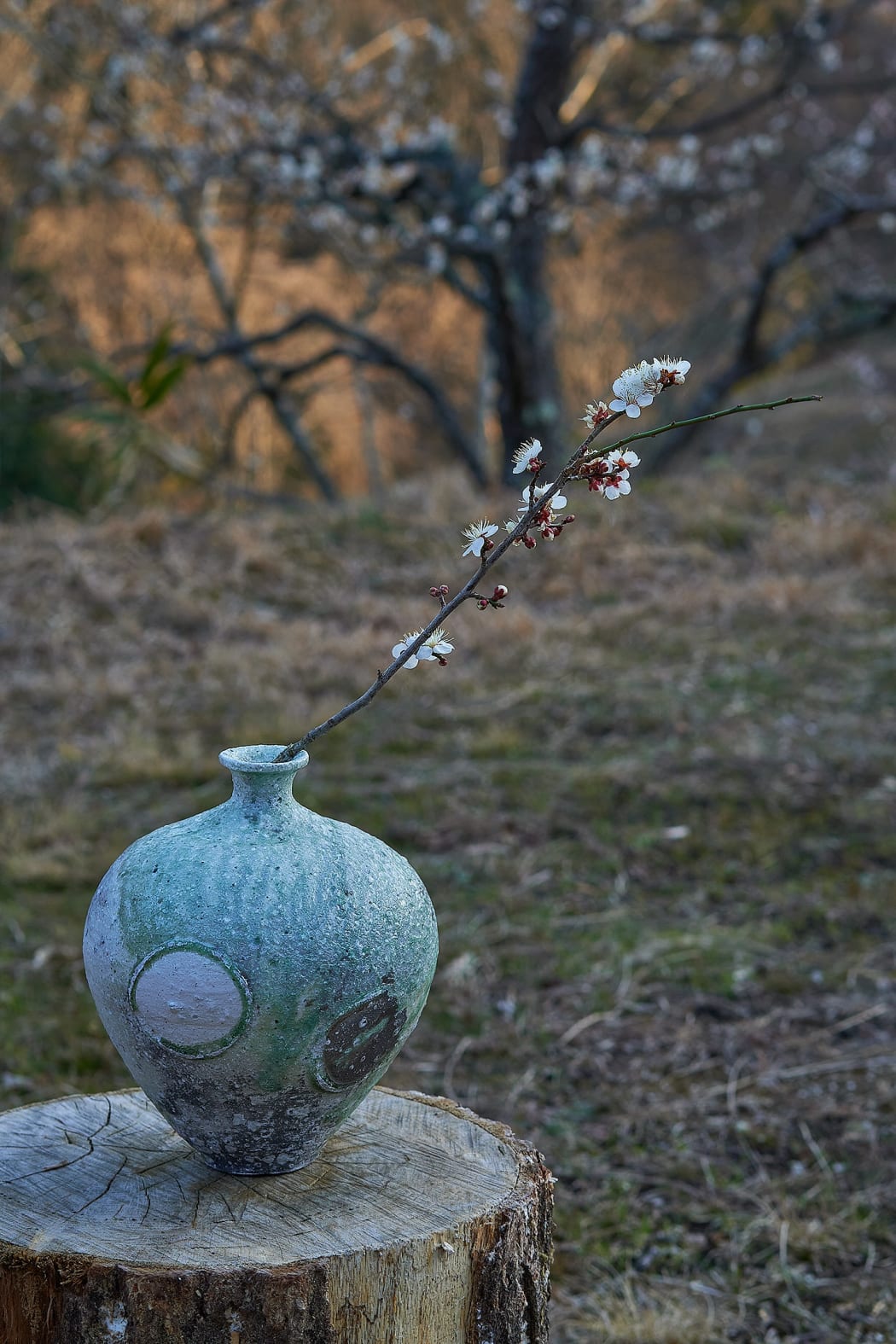
-
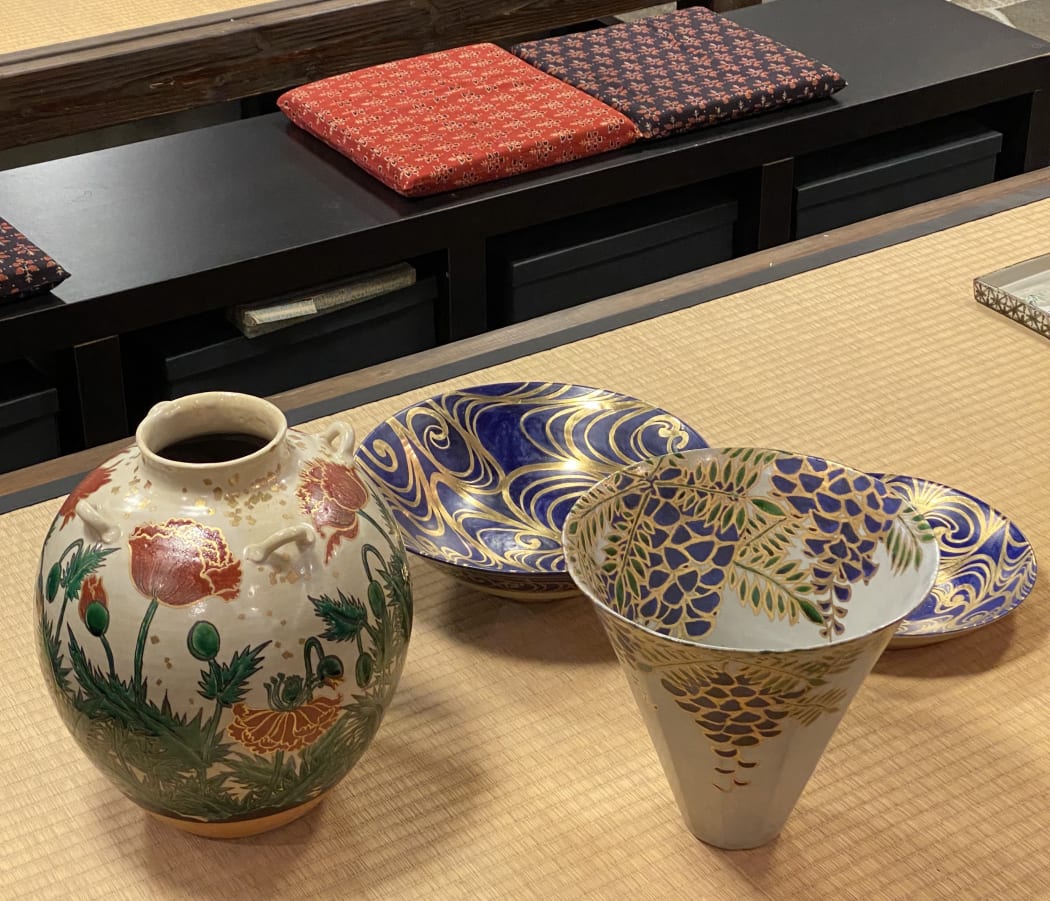
-
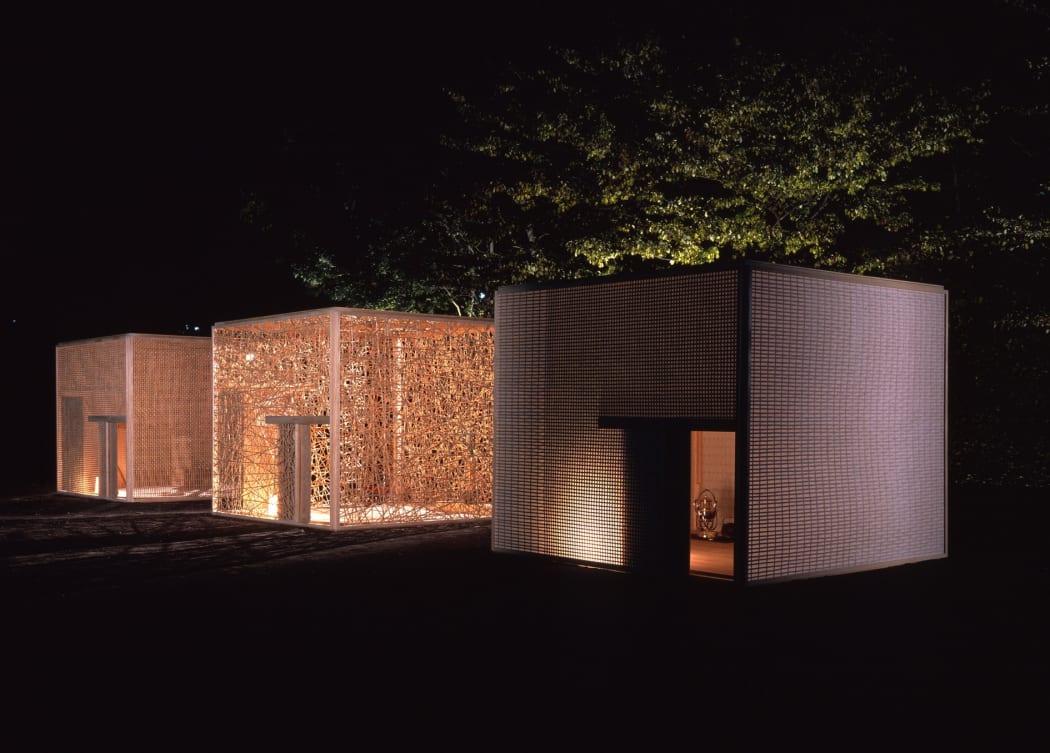
Extreme Surfaces: Cutting Edge Kogei
Experience the beauty of Design Miami in New York City -
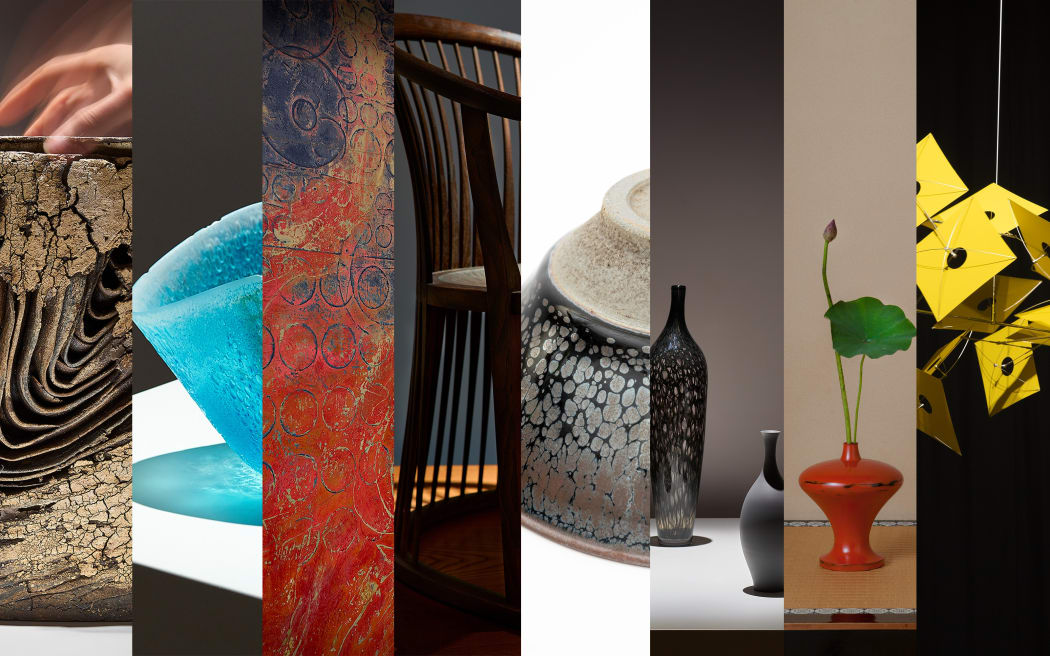
-
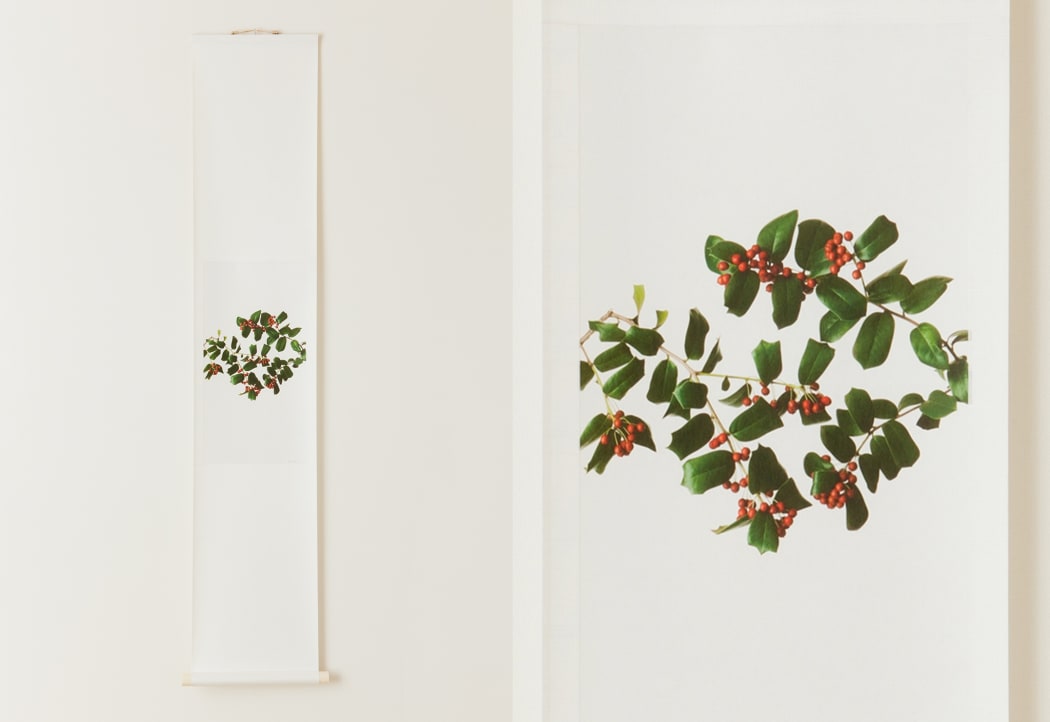
-
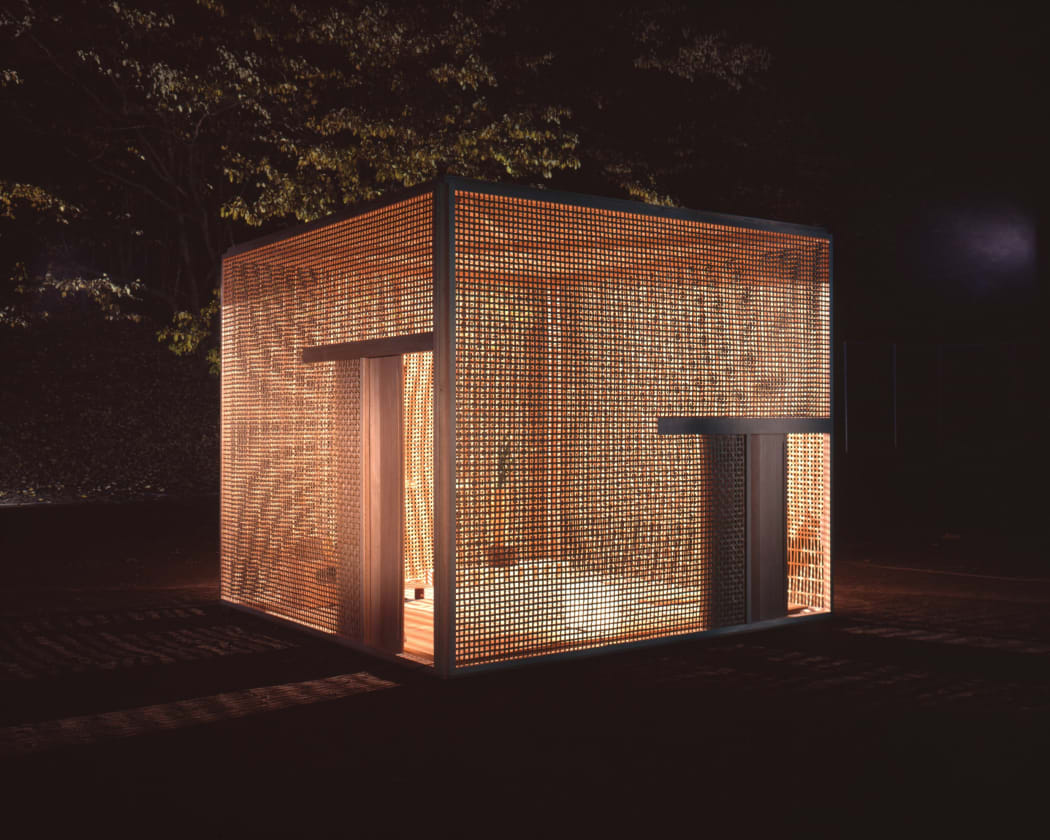
-
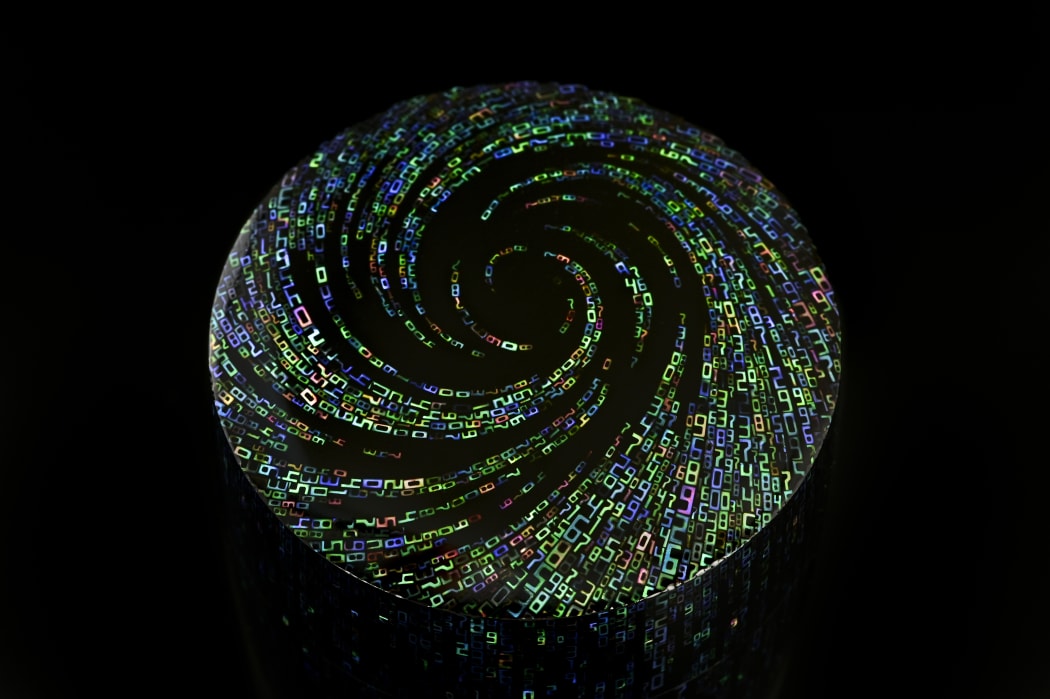
-
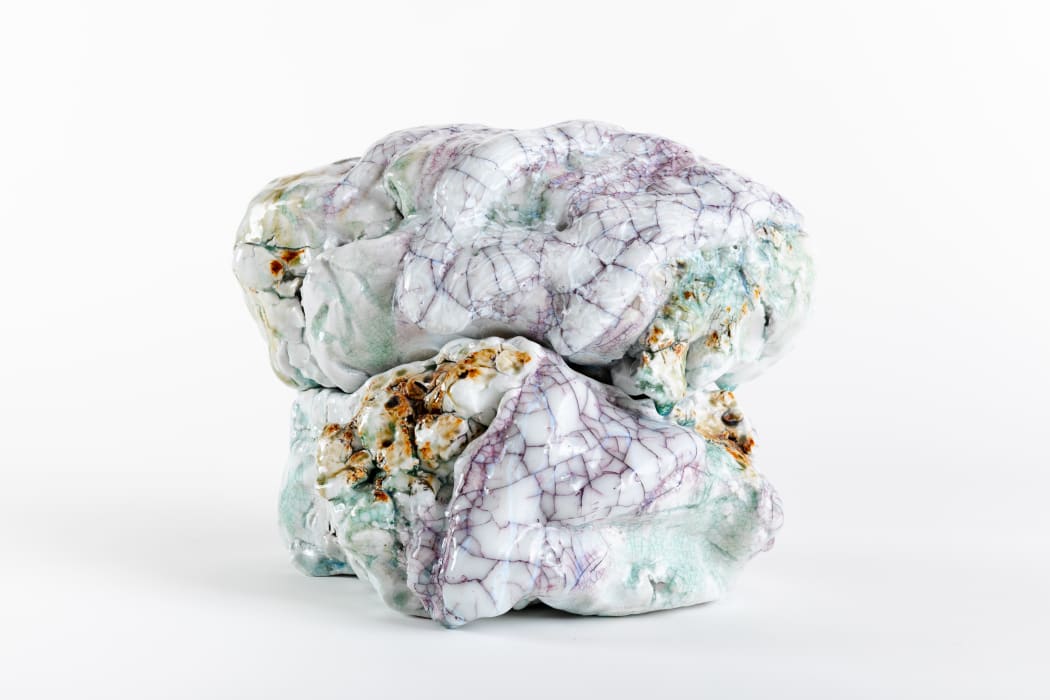
-
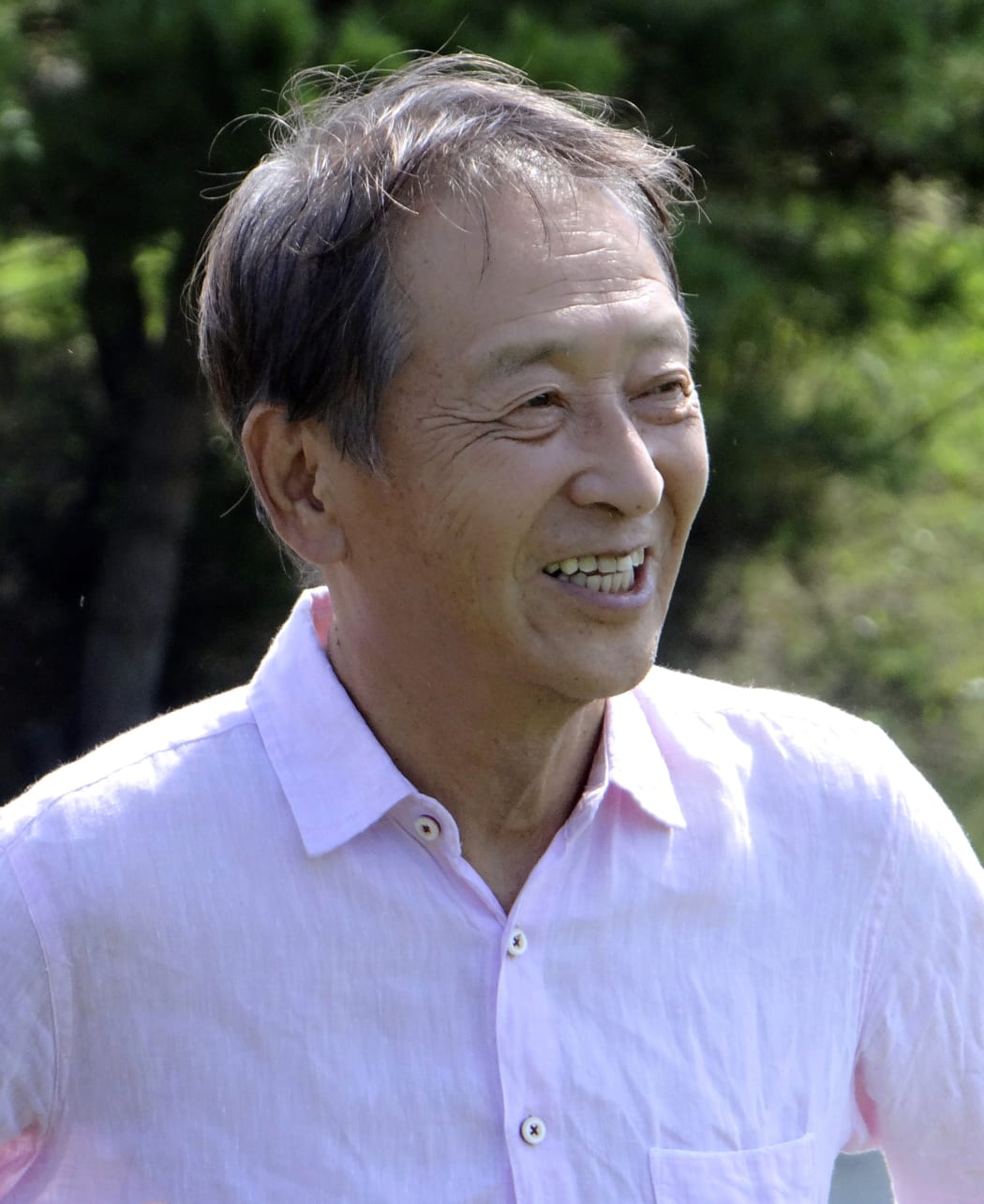
-
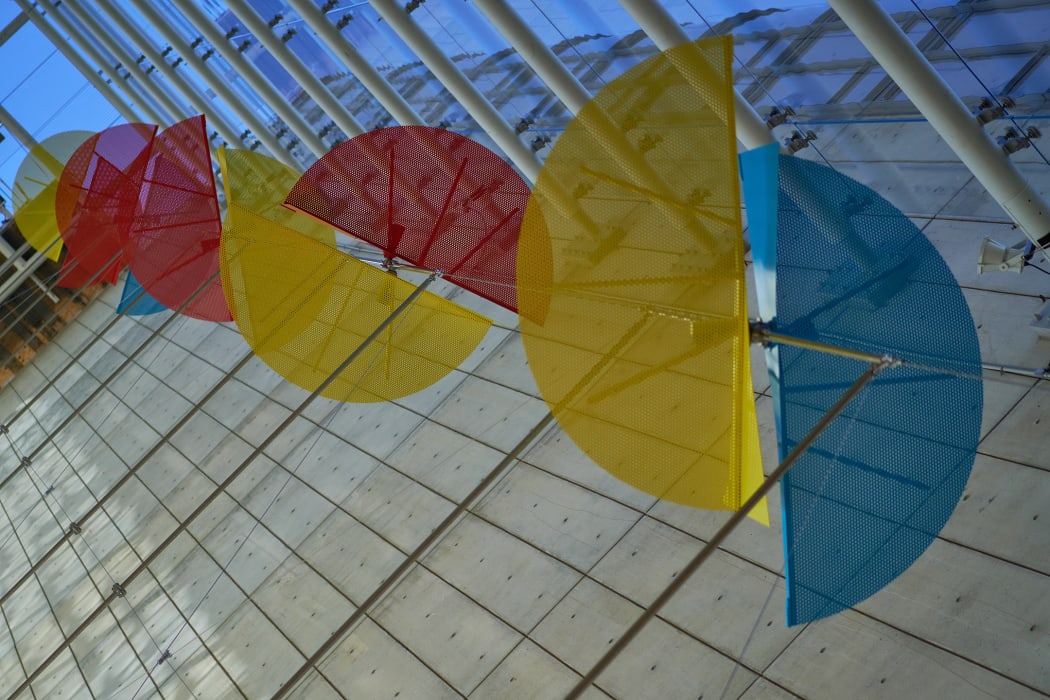
-

-

-
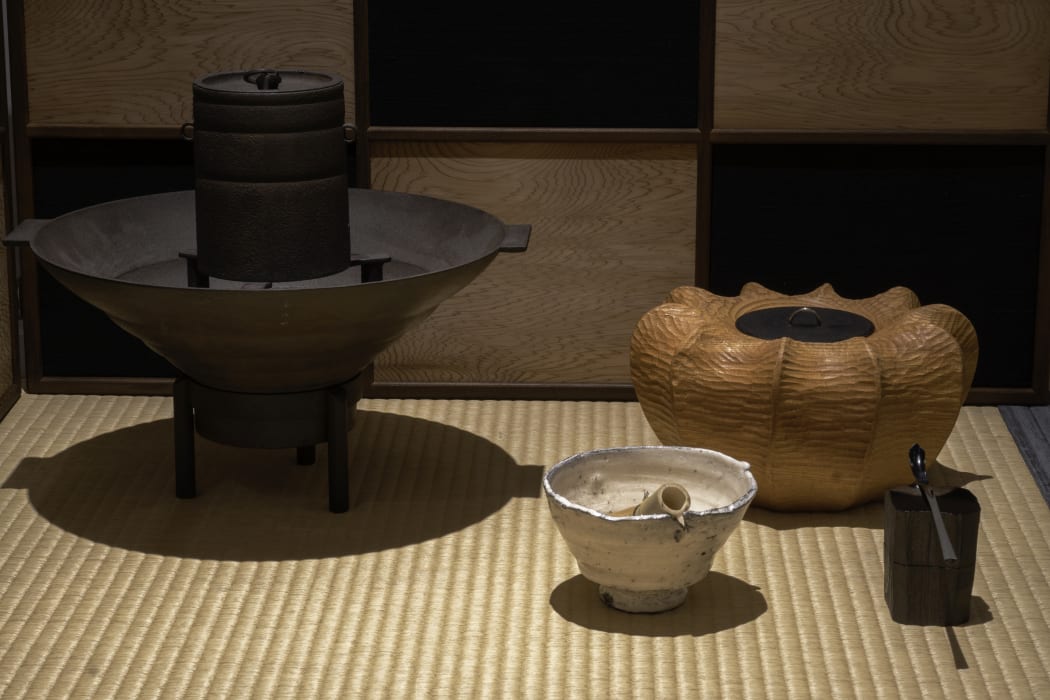
-
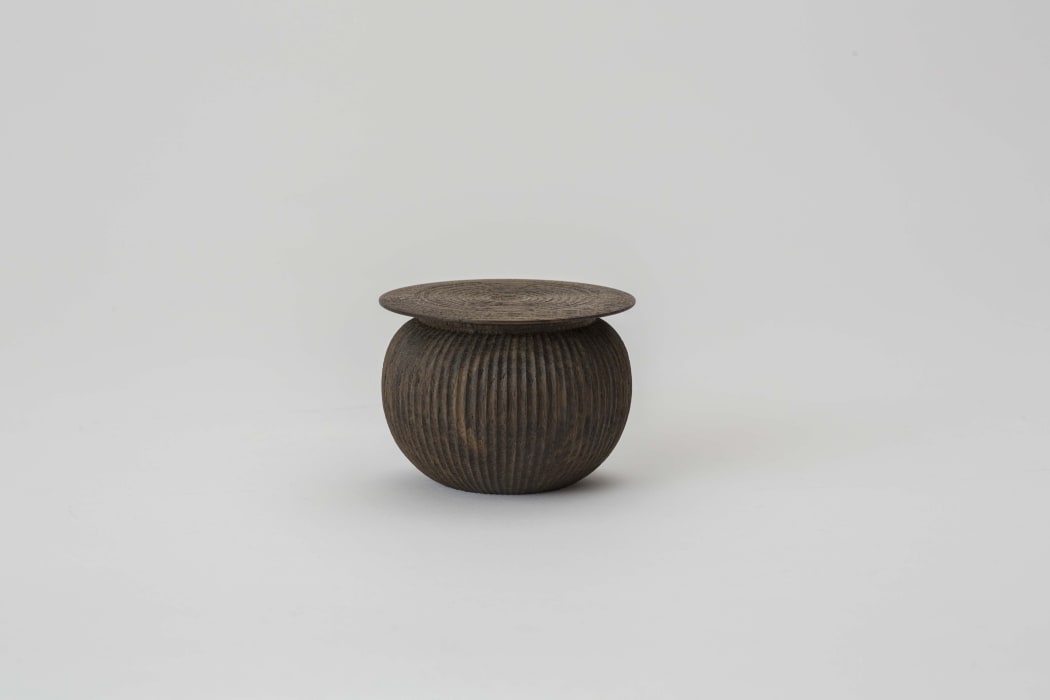
-
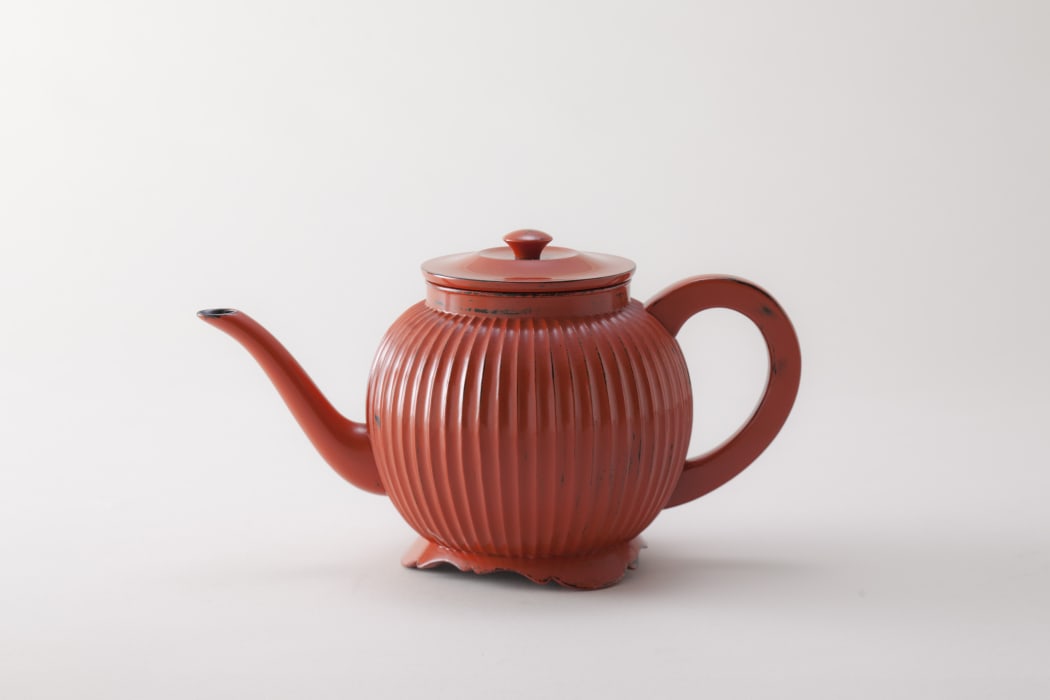
-
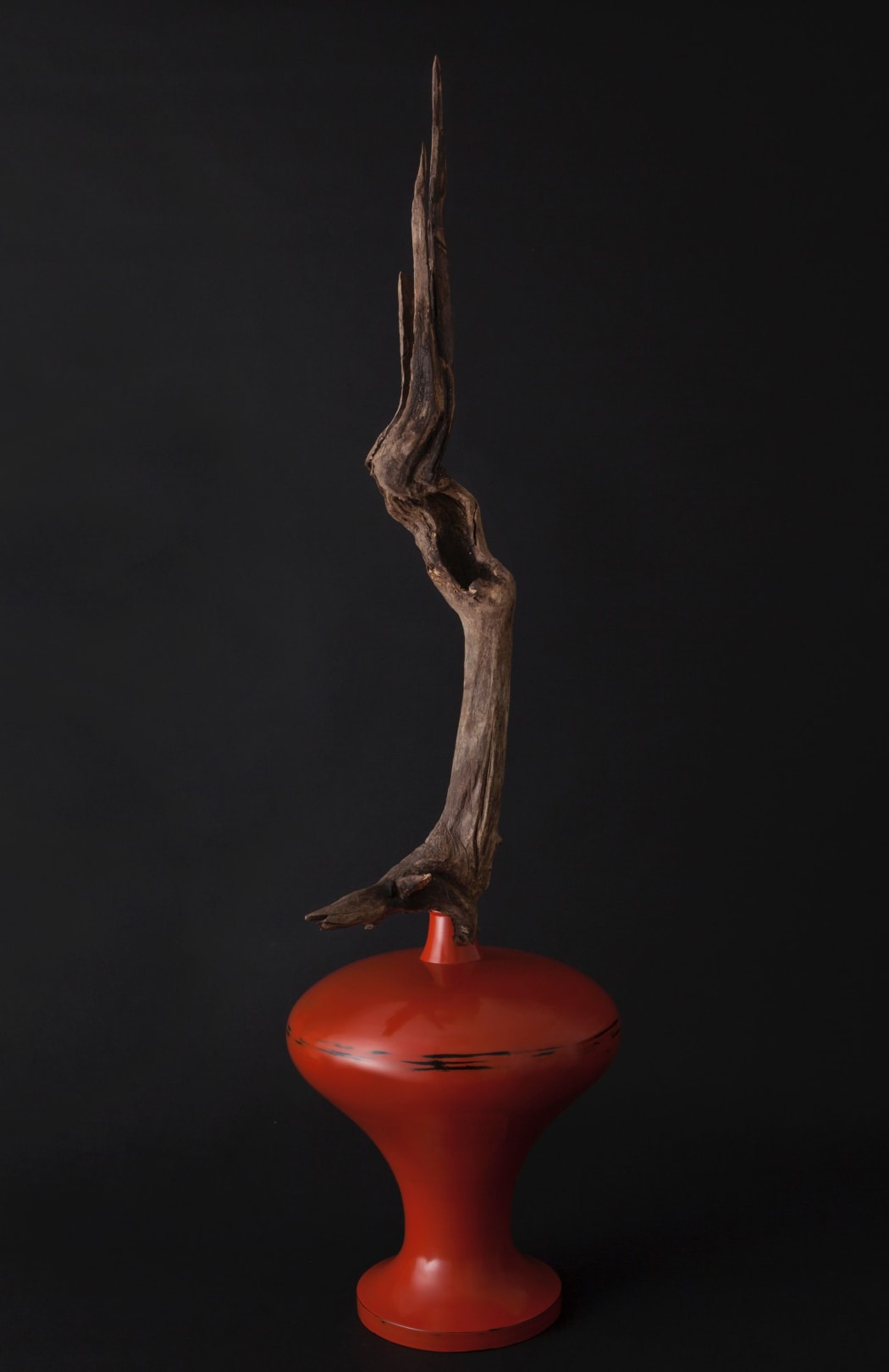
-
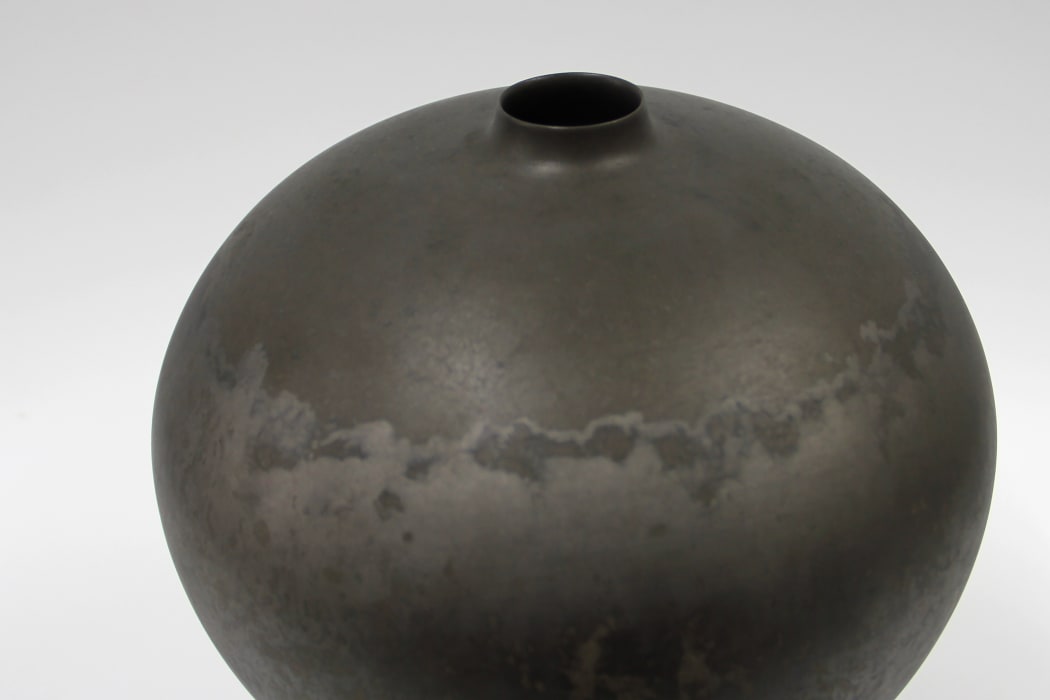 Kiyoko Morioka, 1974-present, Flower vase - 瓶子型花器, Ceramic, (C24478)
Kiyoko Morioka, 1974-present, Flower vase - 瓶子型花器, Ceramic, (C24478) -
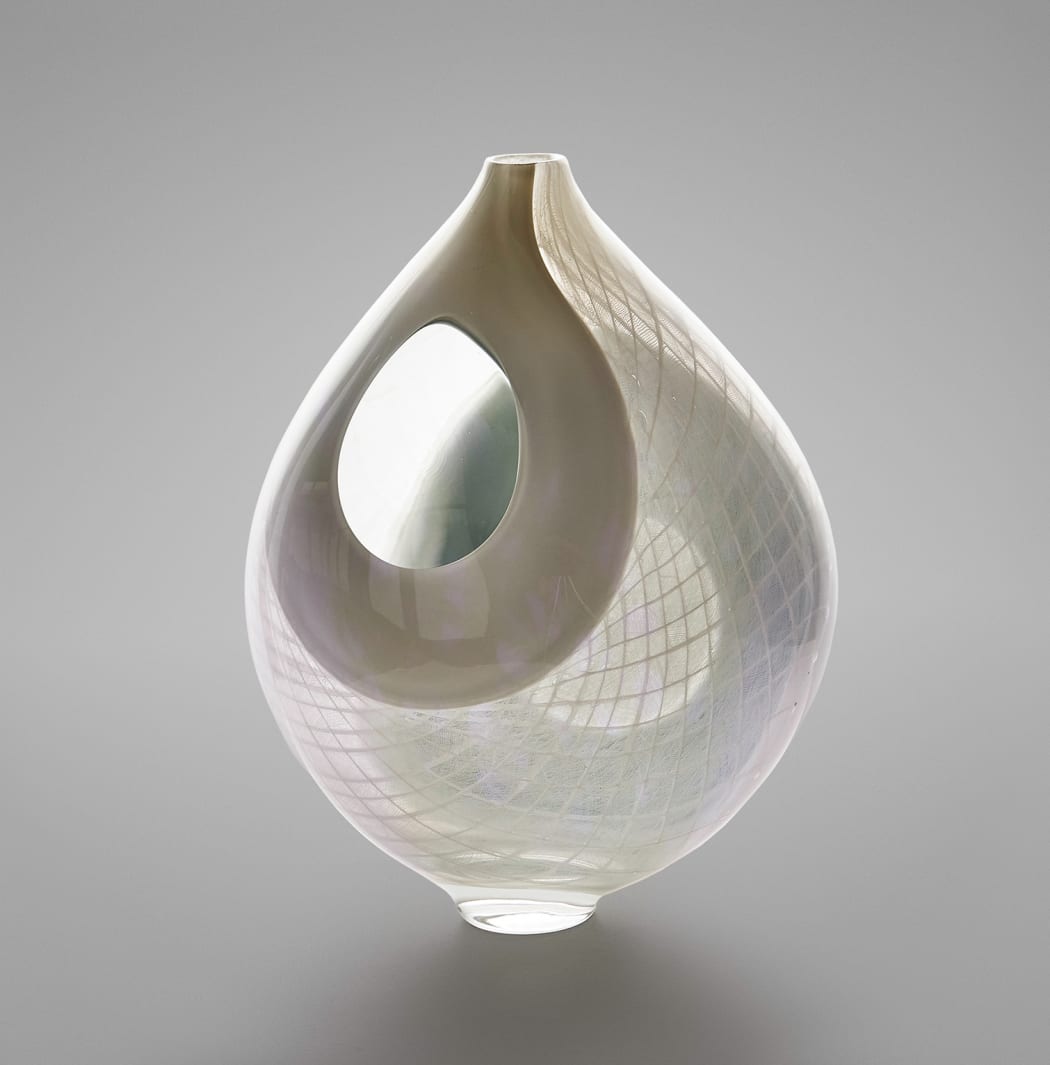 Kota Arinaga 有永浩太, 1978-present, gāze 白 (White), Glass, 2020, (C24532)
Kota Arinaga 有永浩太, 1978-present, gāze 白 (White), Glass, 2020, (C24532) -
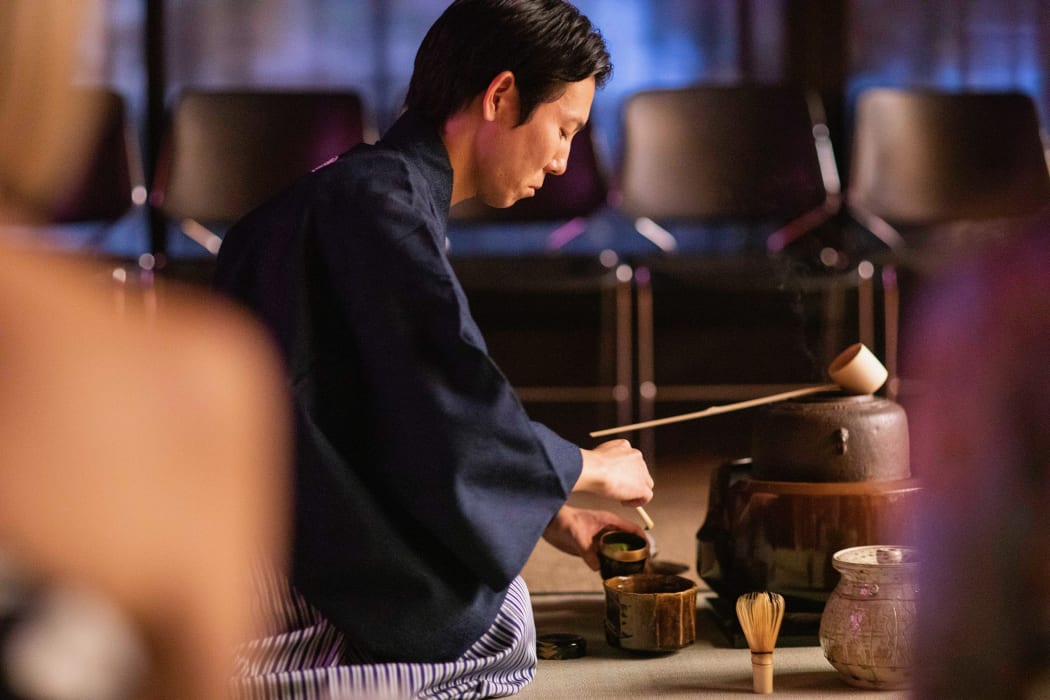
How to Experience the Sensation of the Tea Bowl
Elements of the Tea CeremonyLearning material from the lecture on June 25, 2022
Written by Yoshitsugu Nagano -
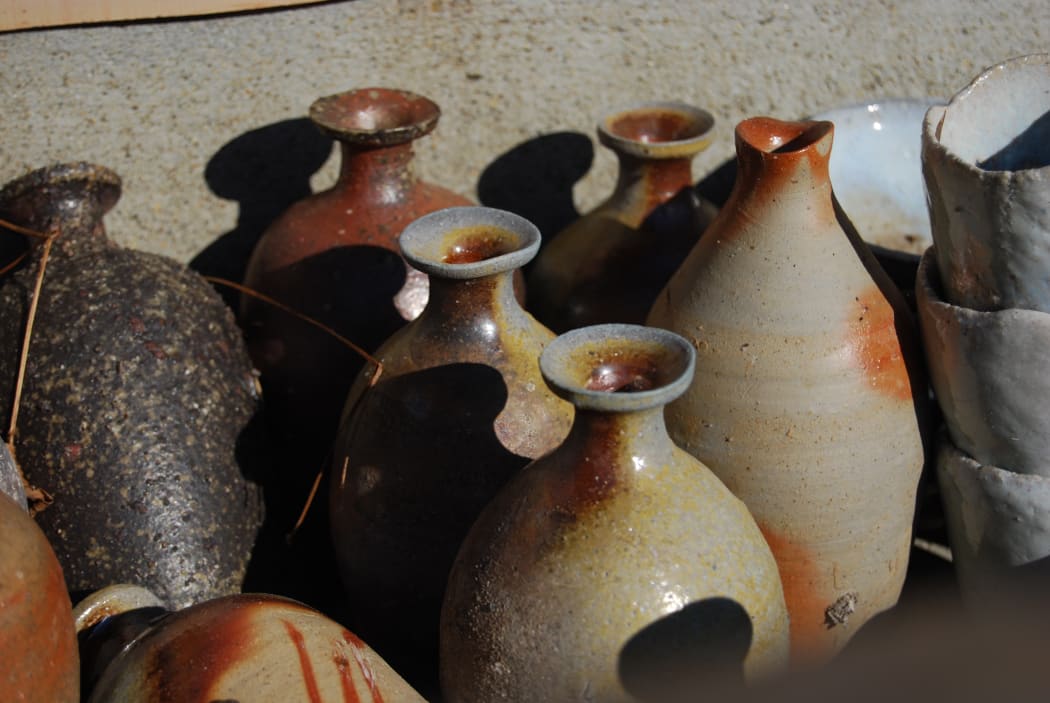
-
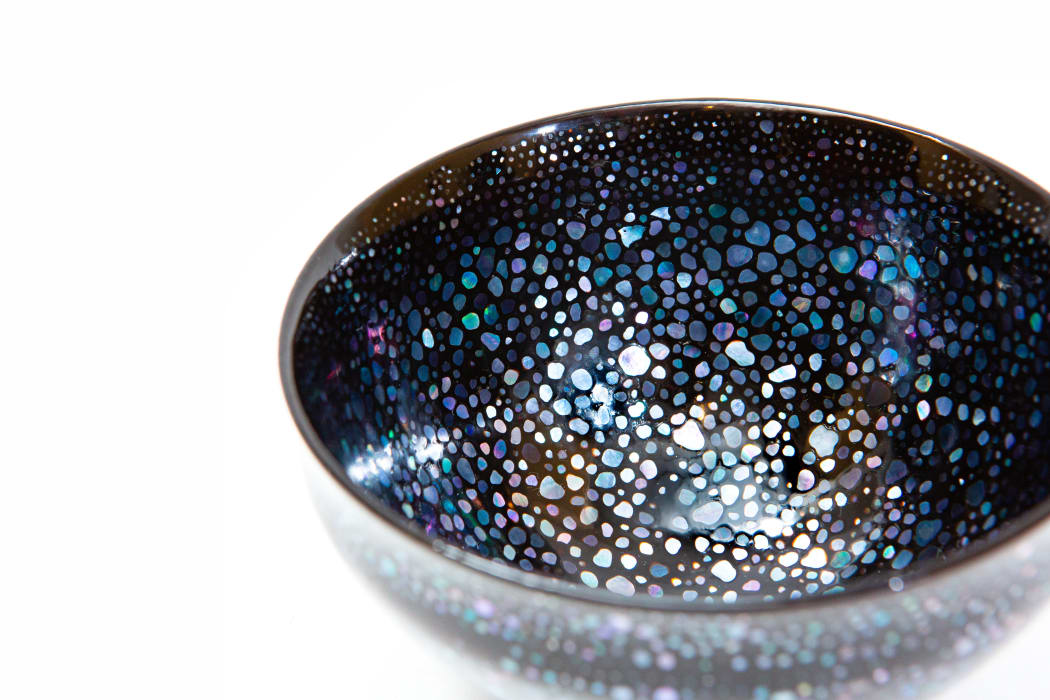
-

-
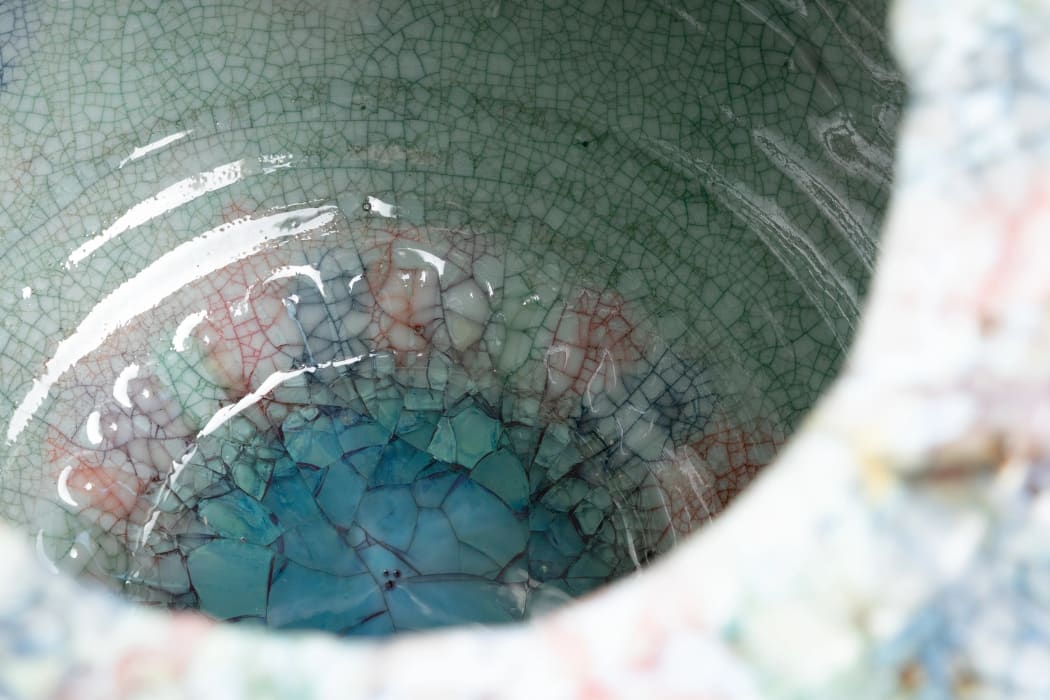
-
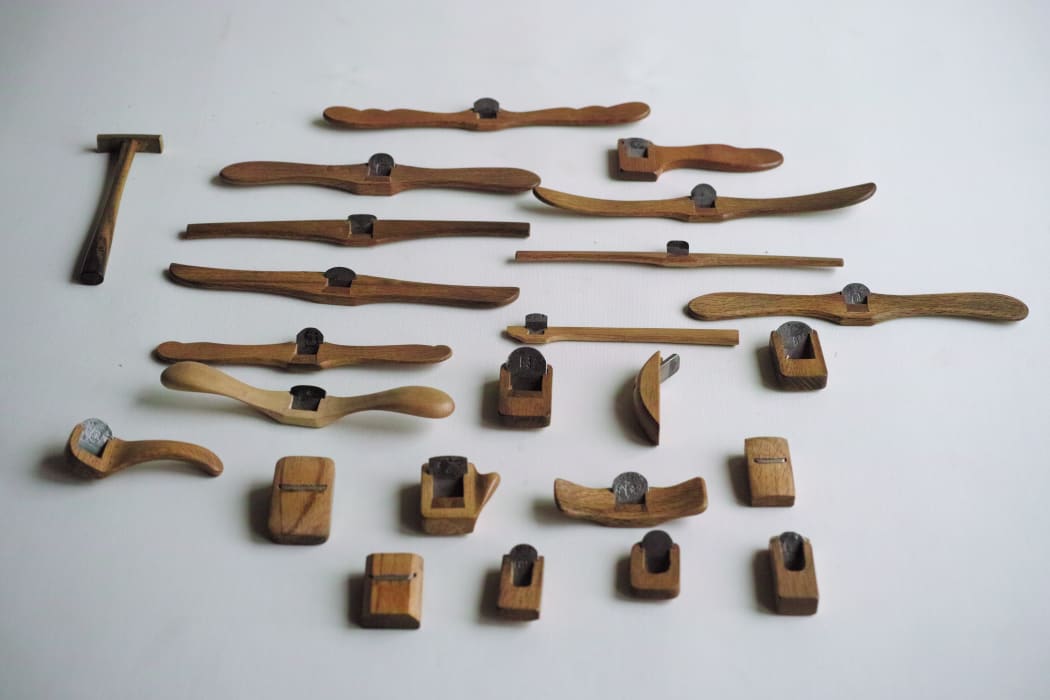
-
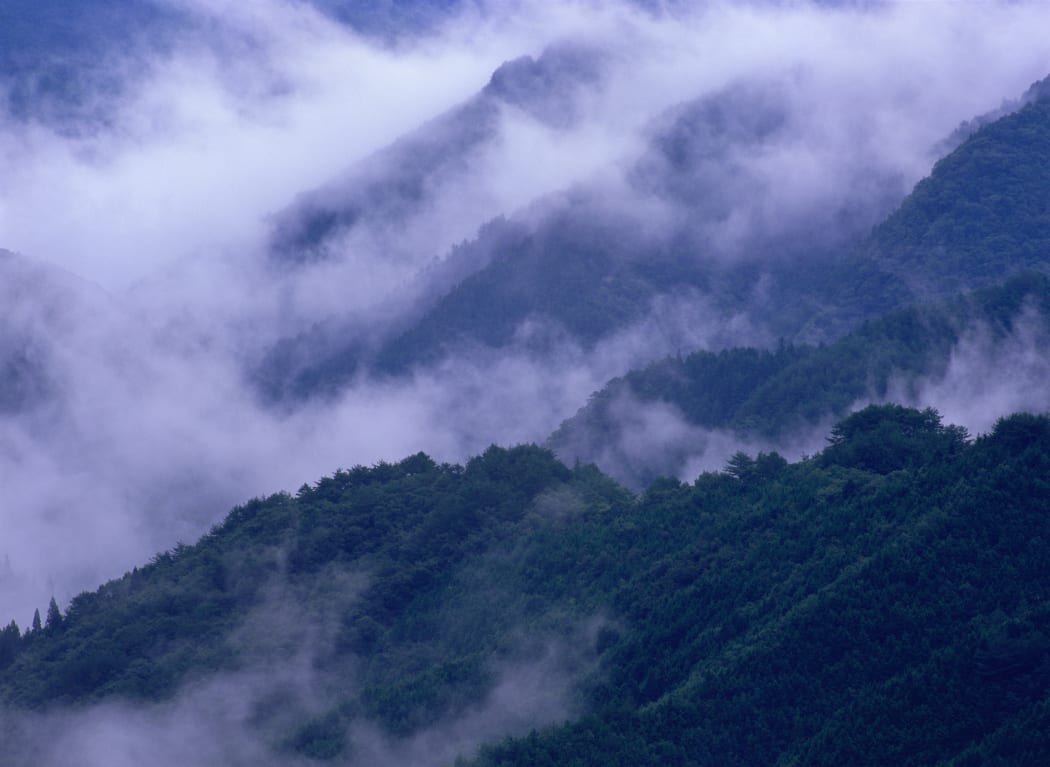
-
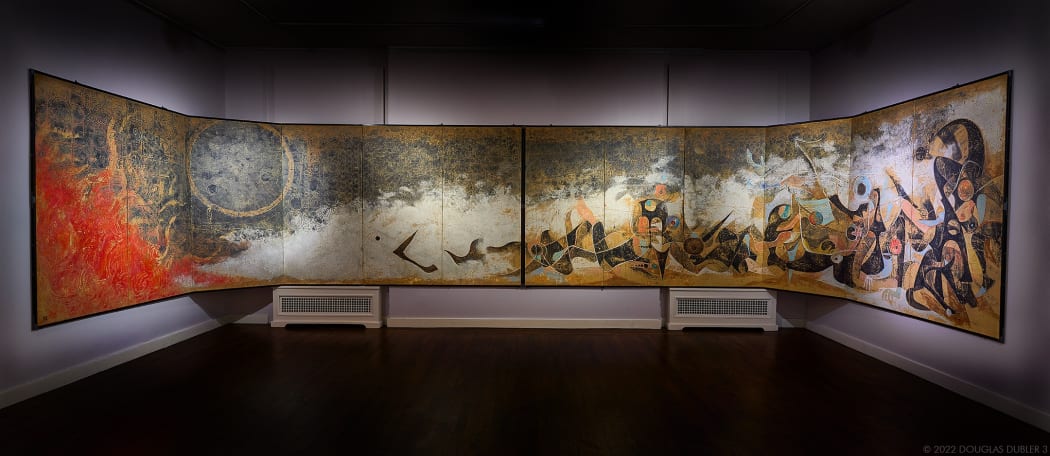
-
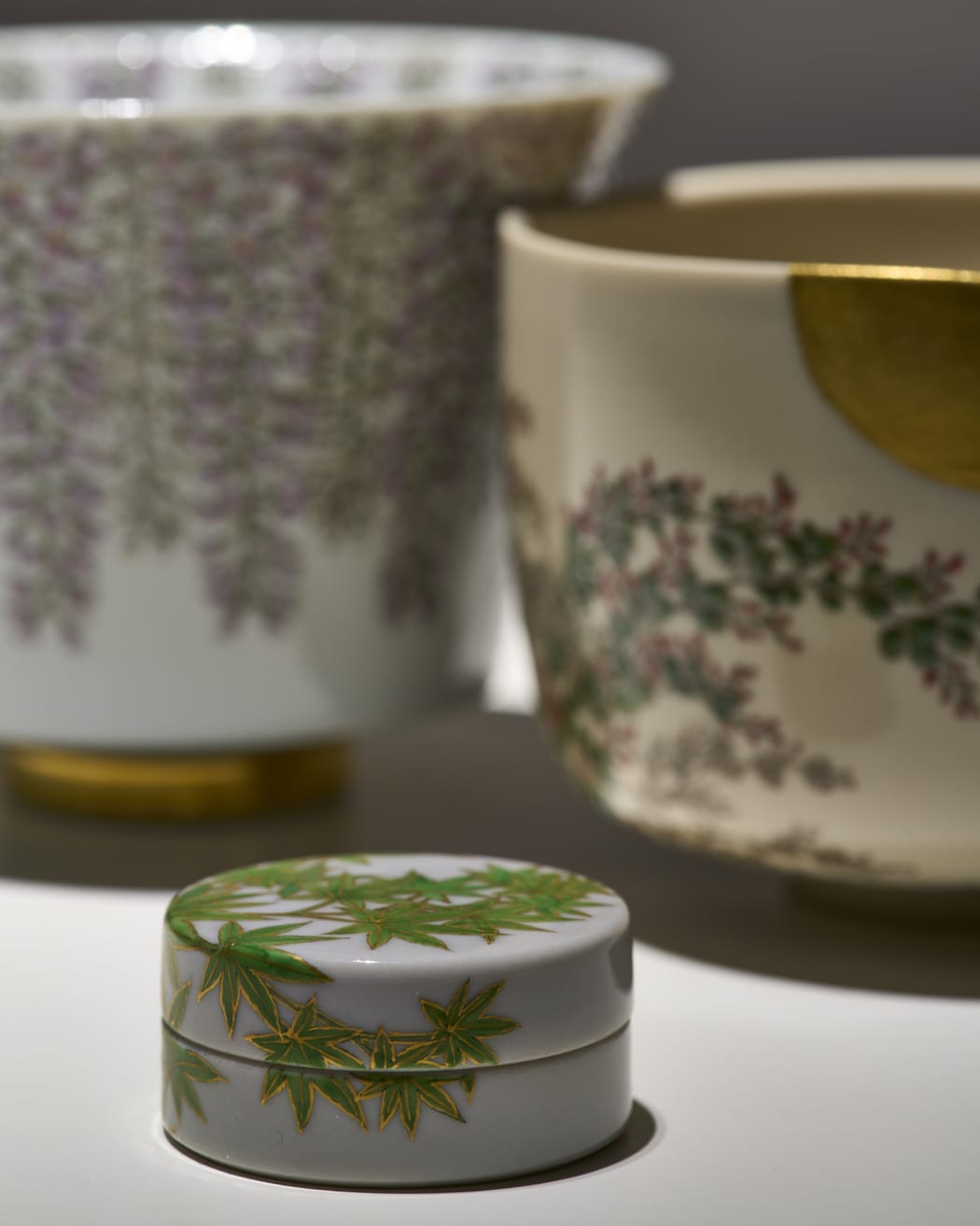
-
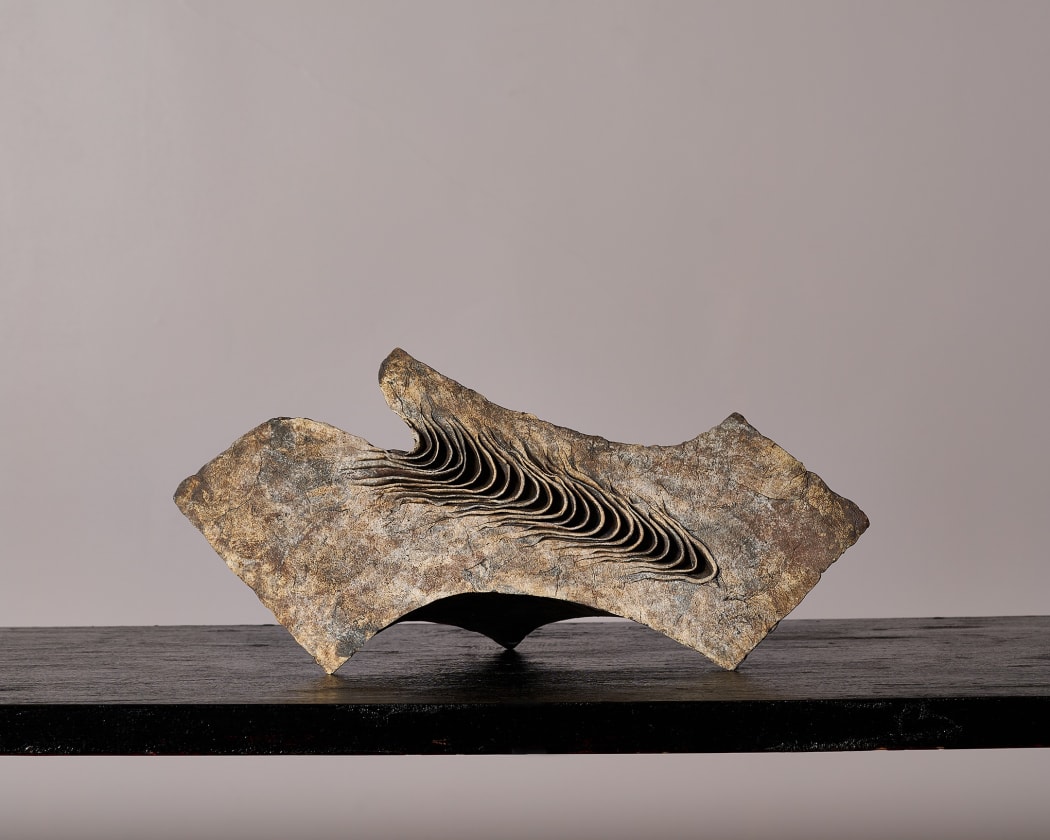
-
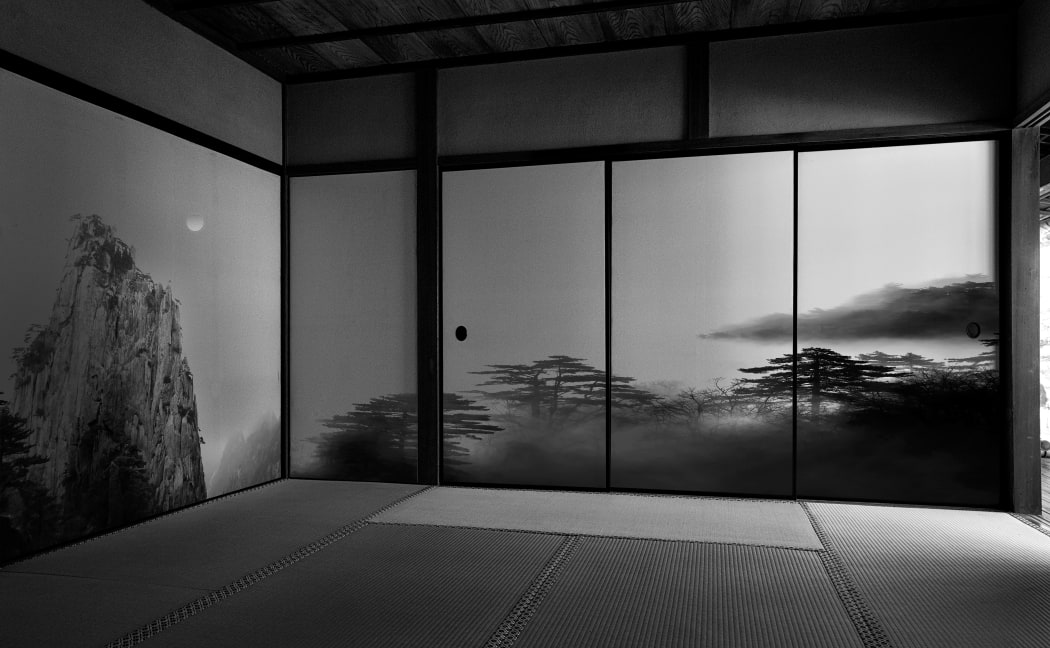
-
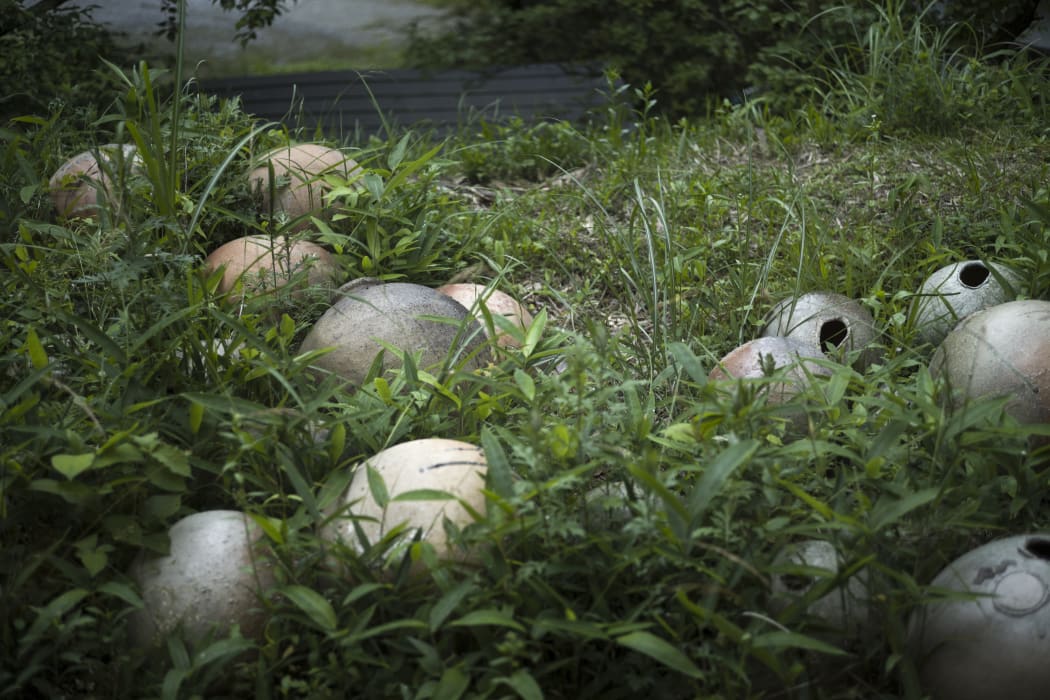
-
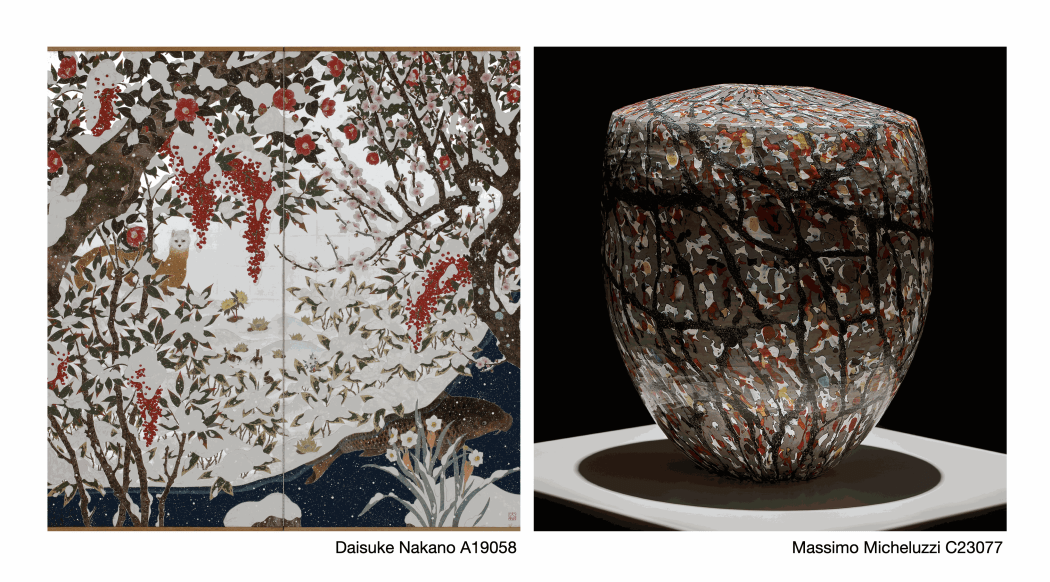
-
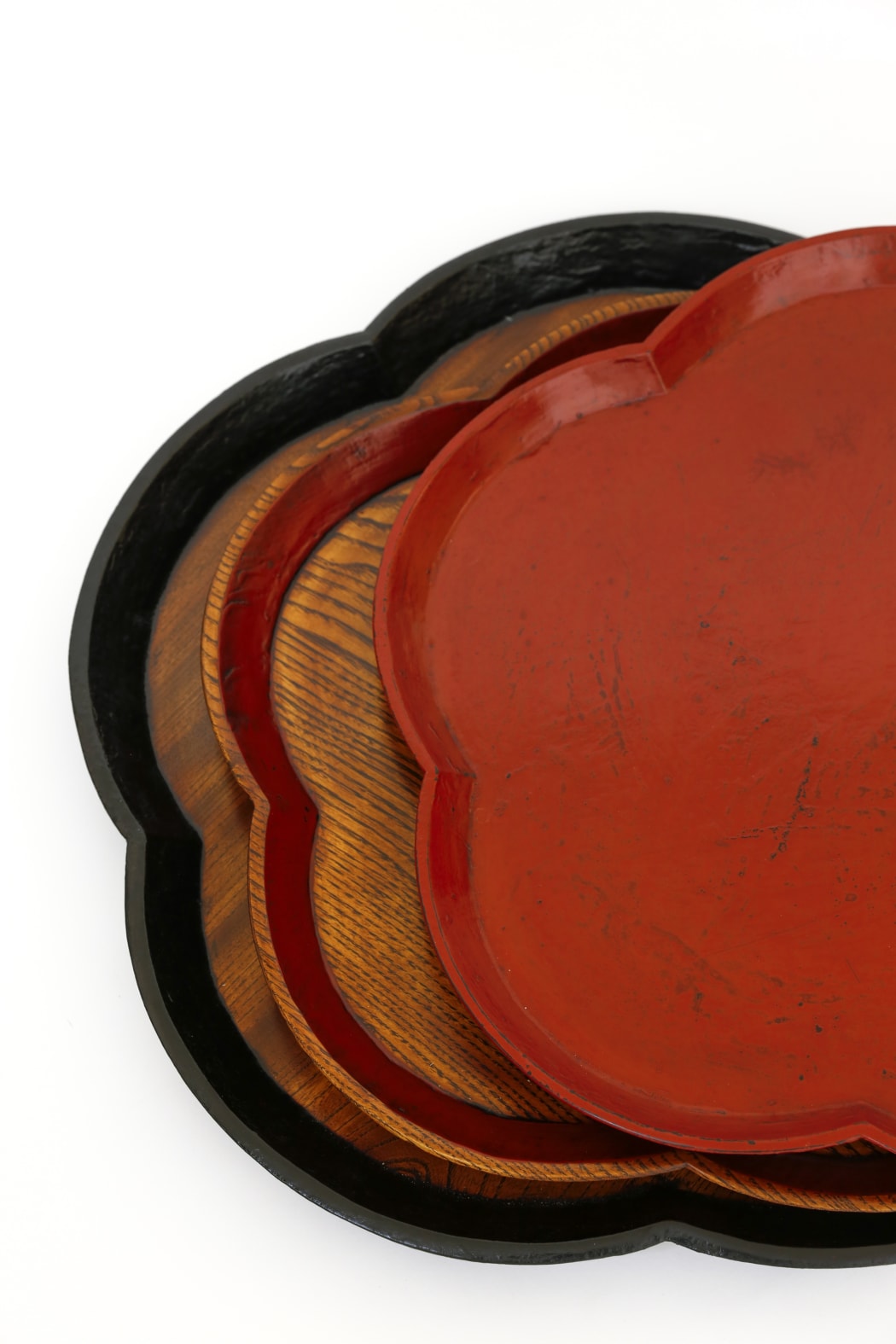
Page
1
of 2